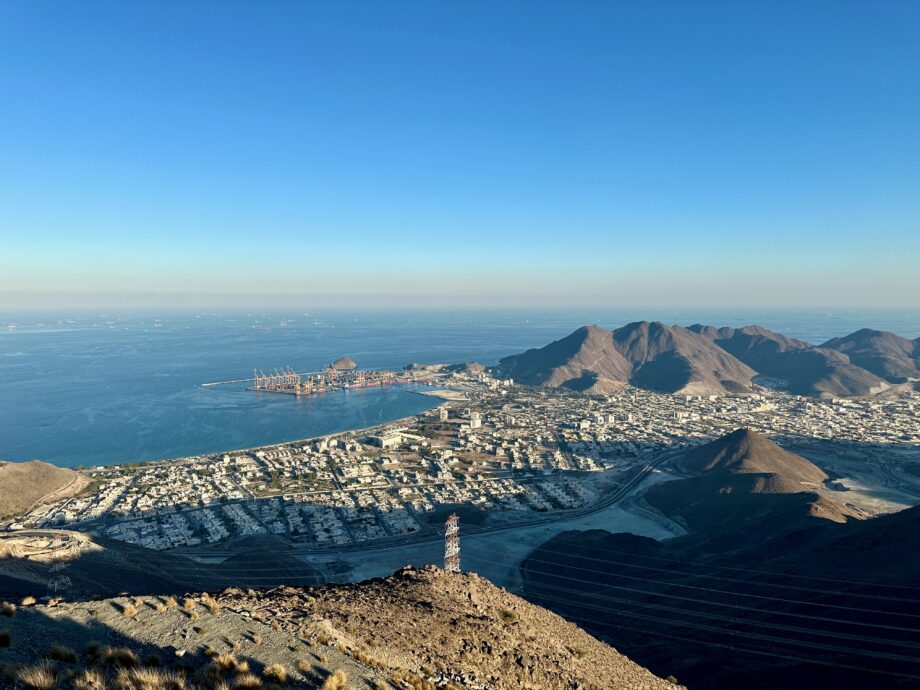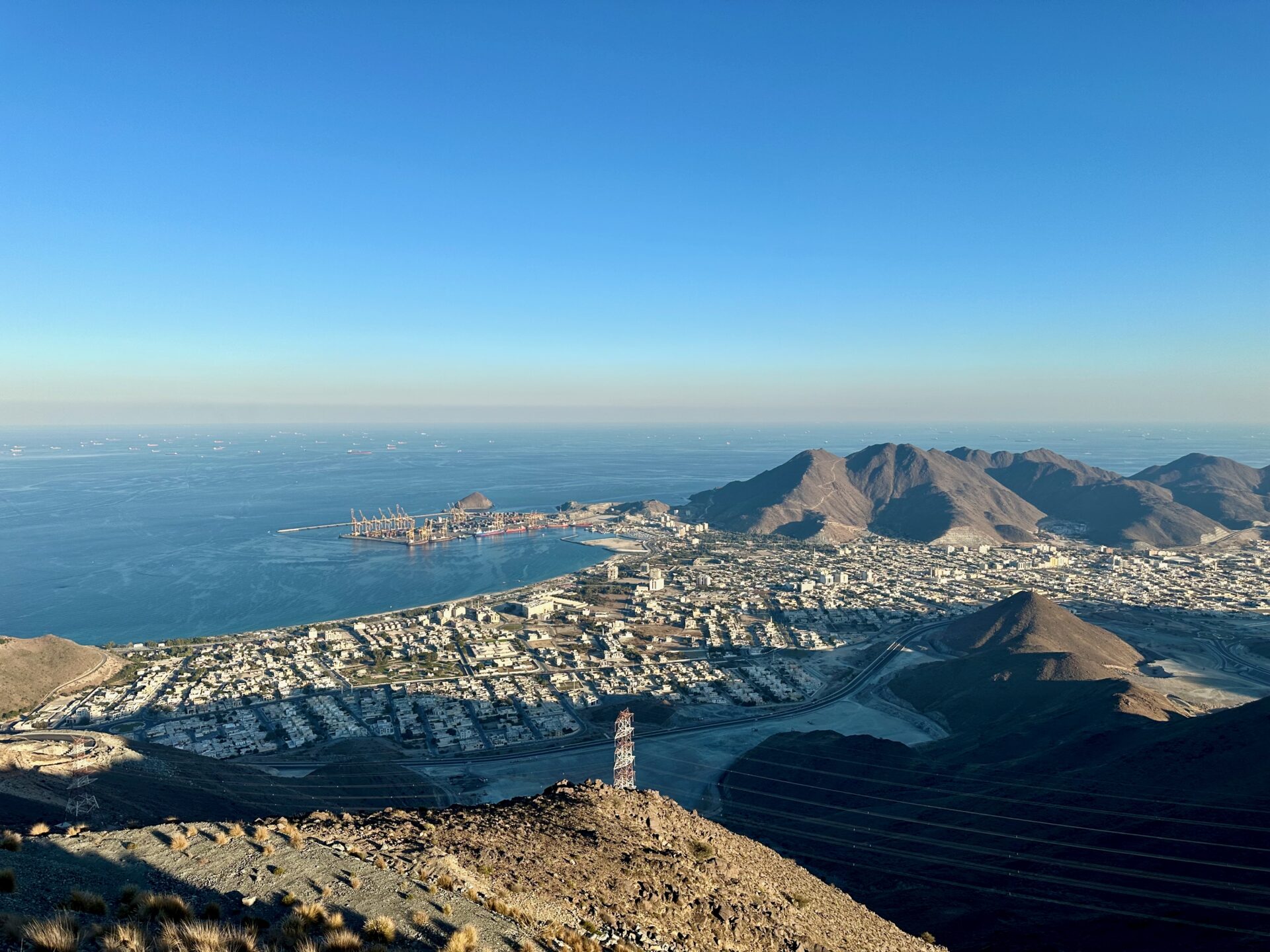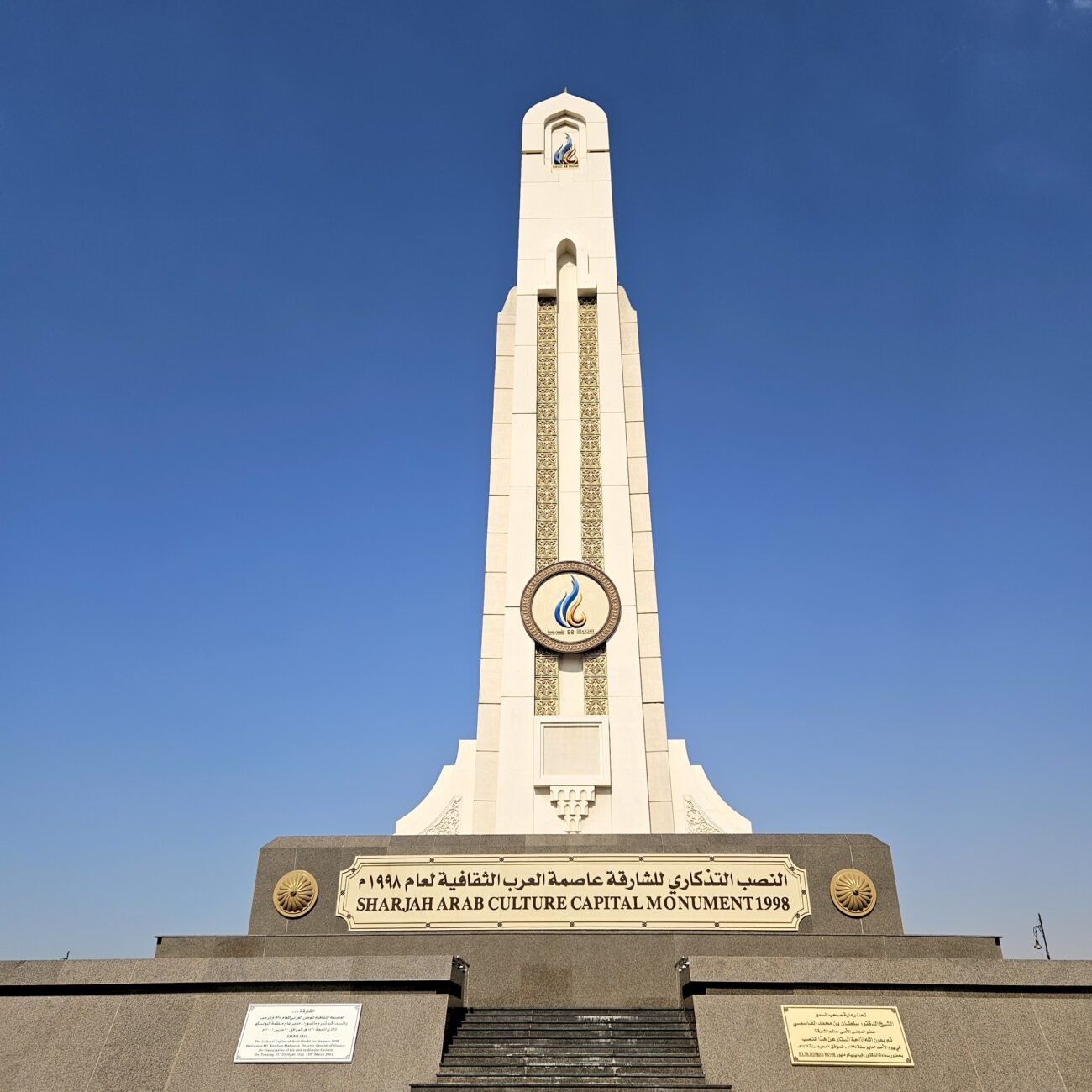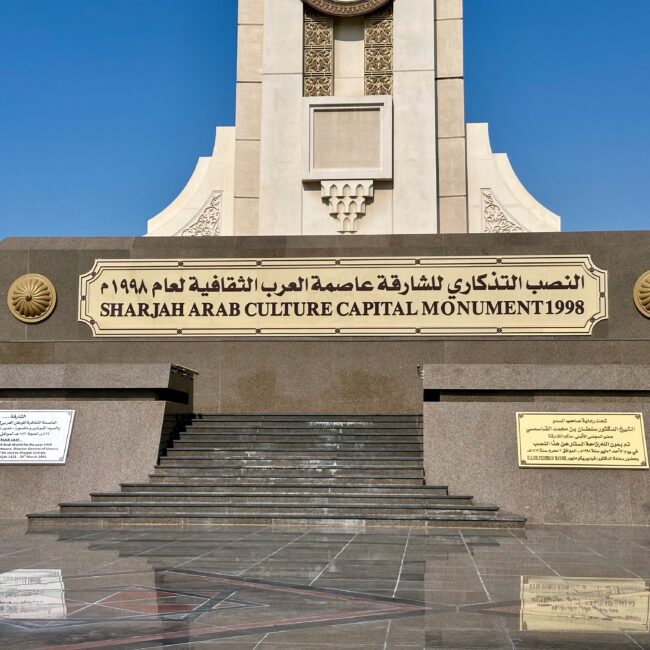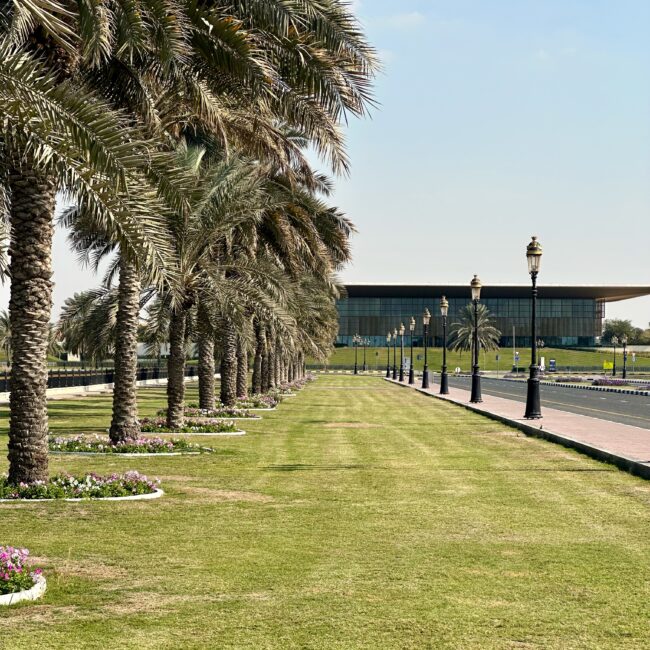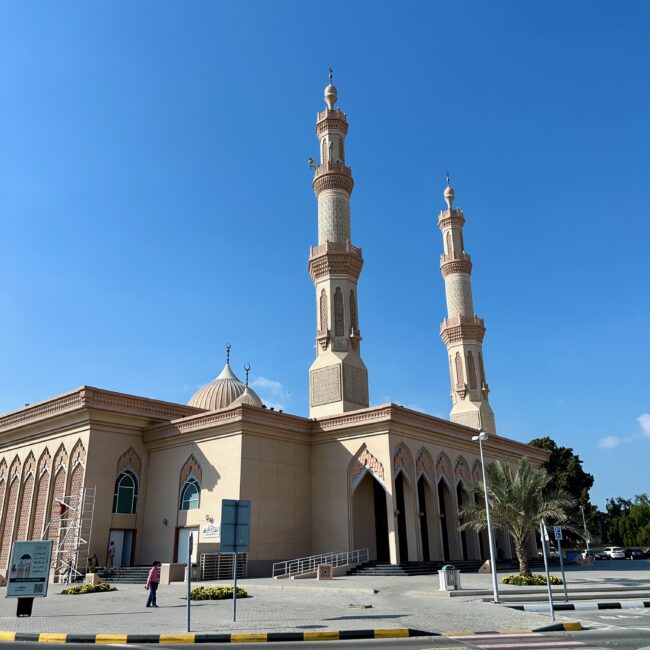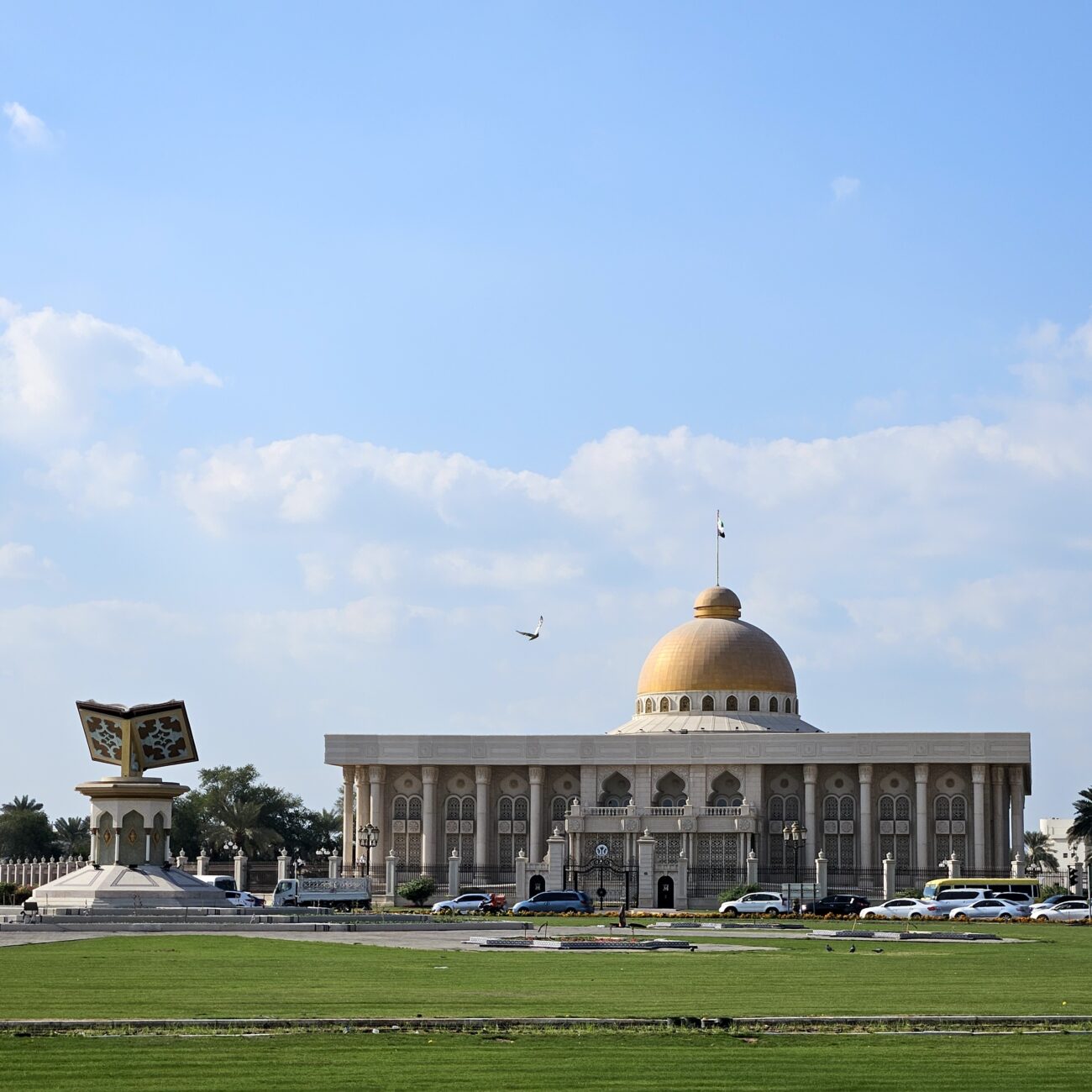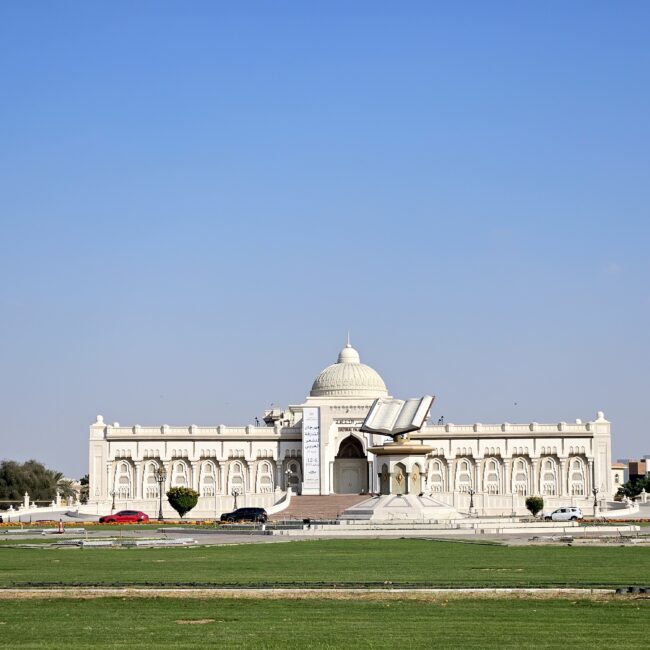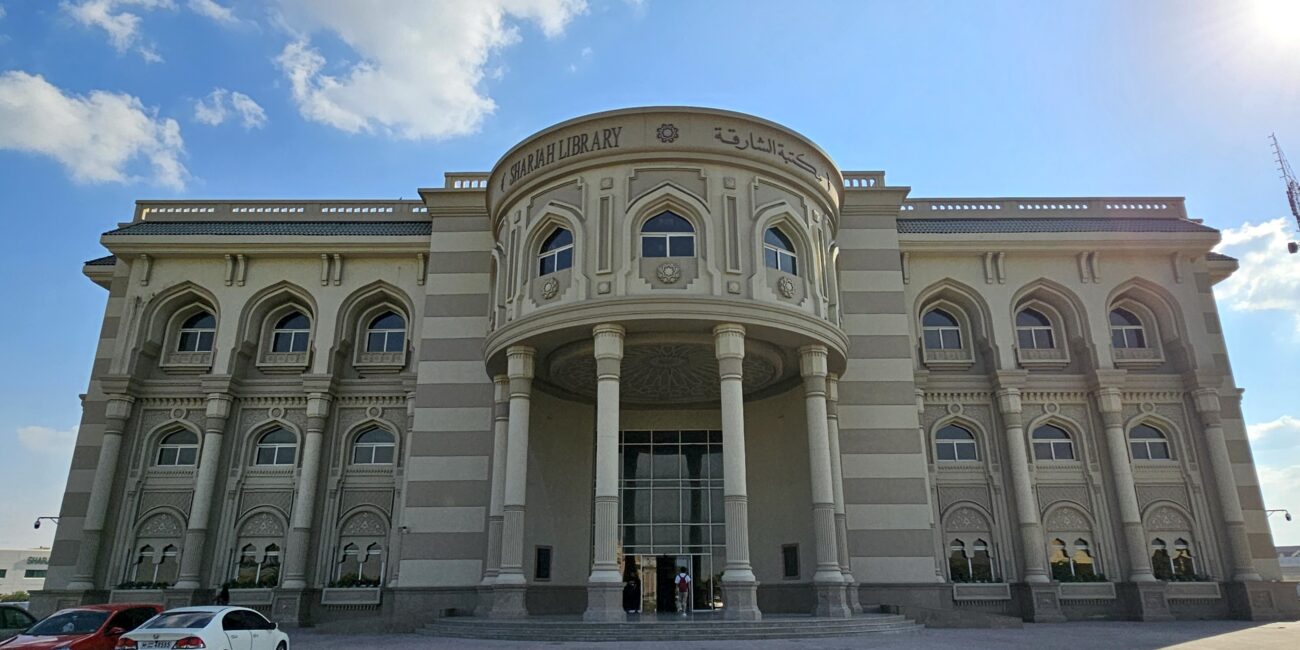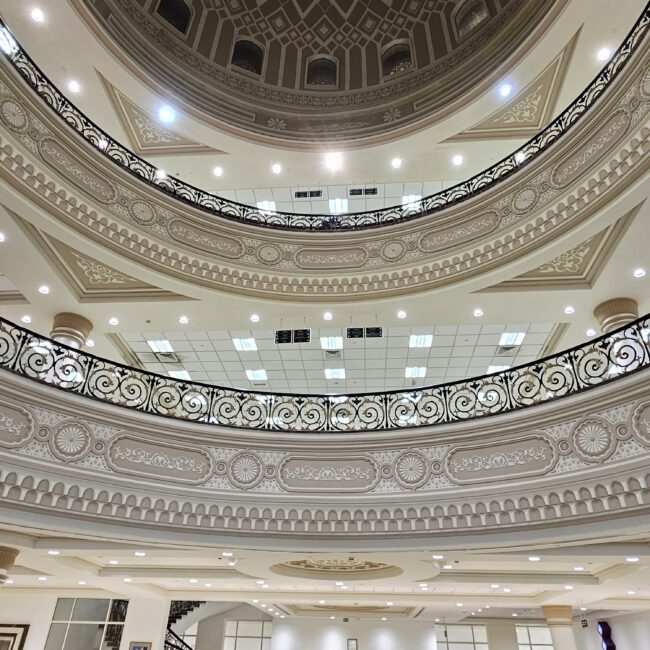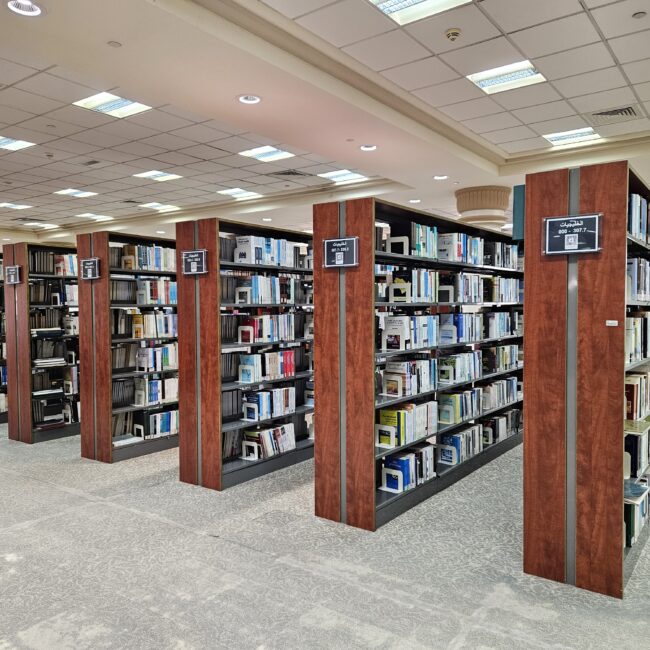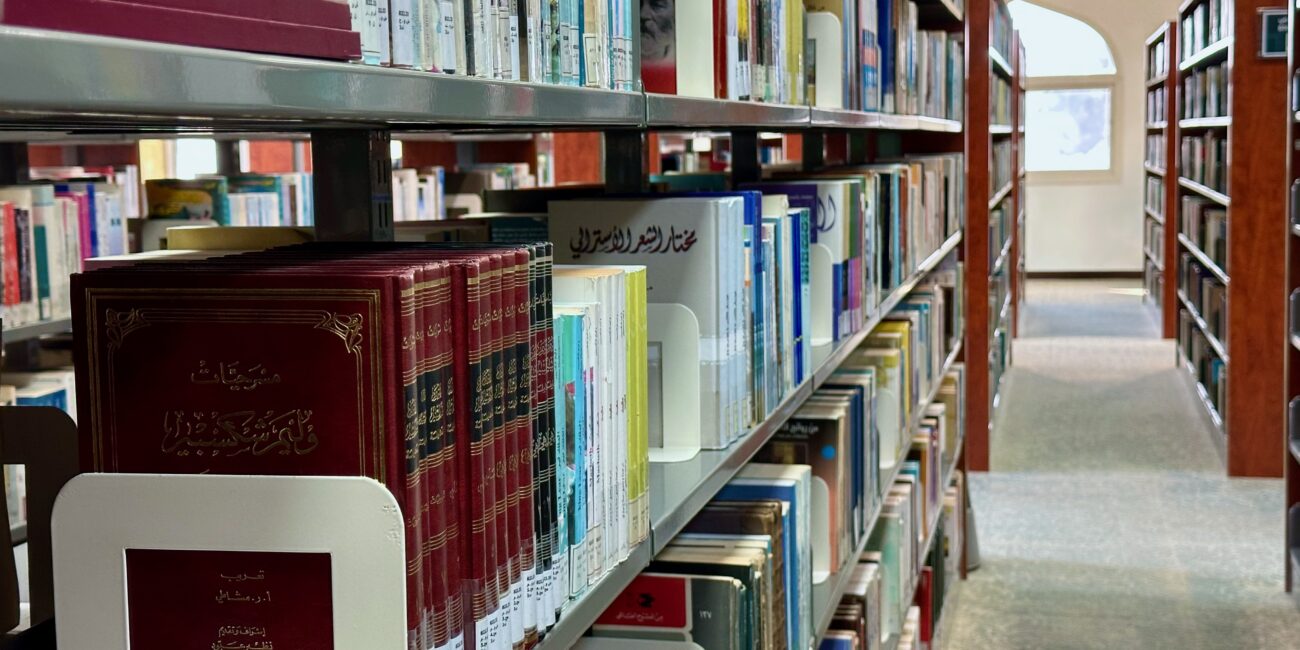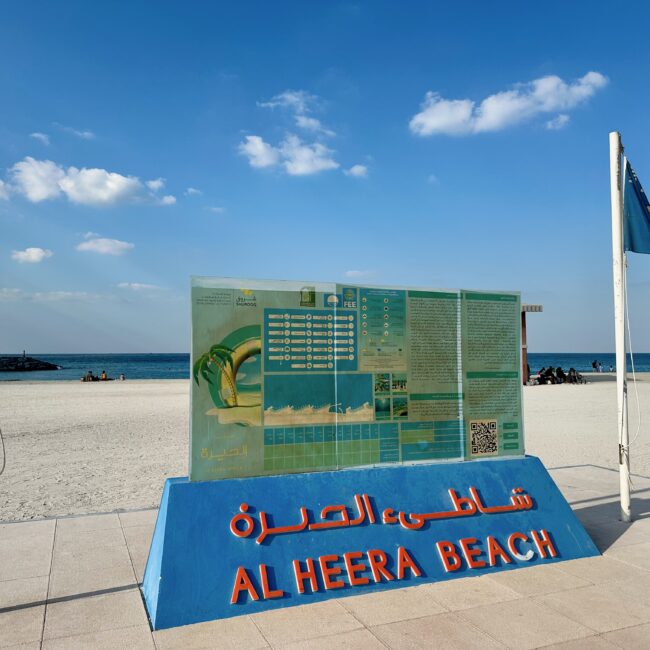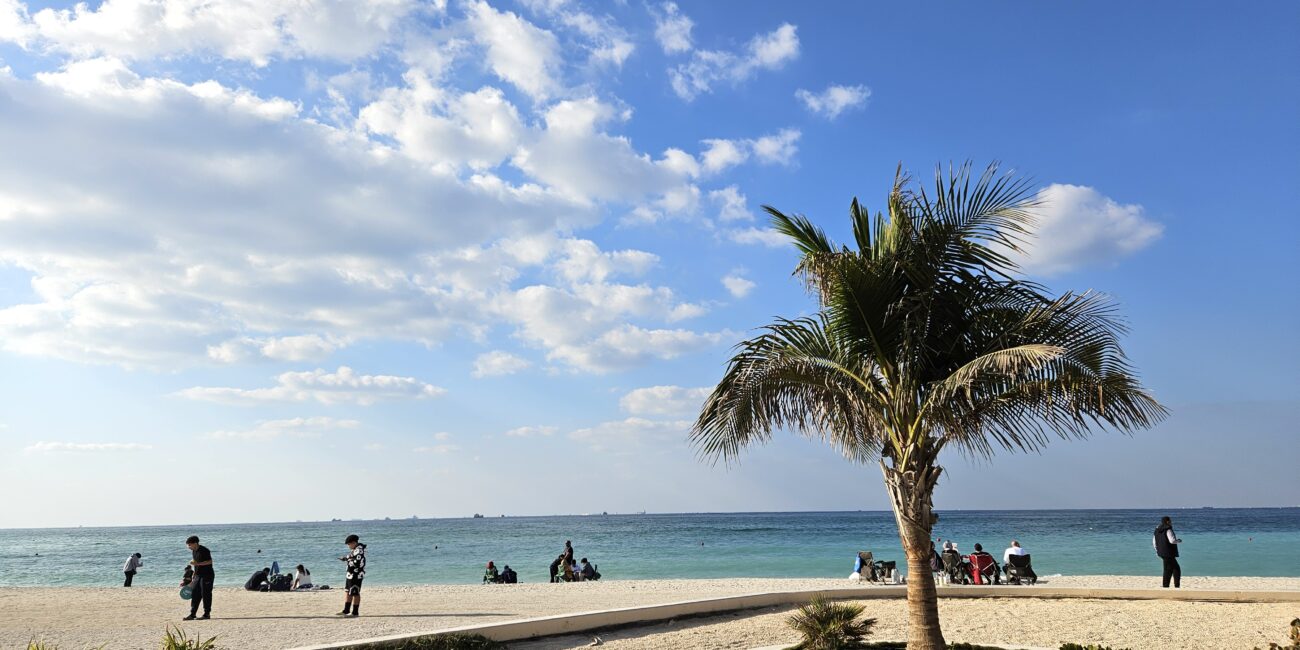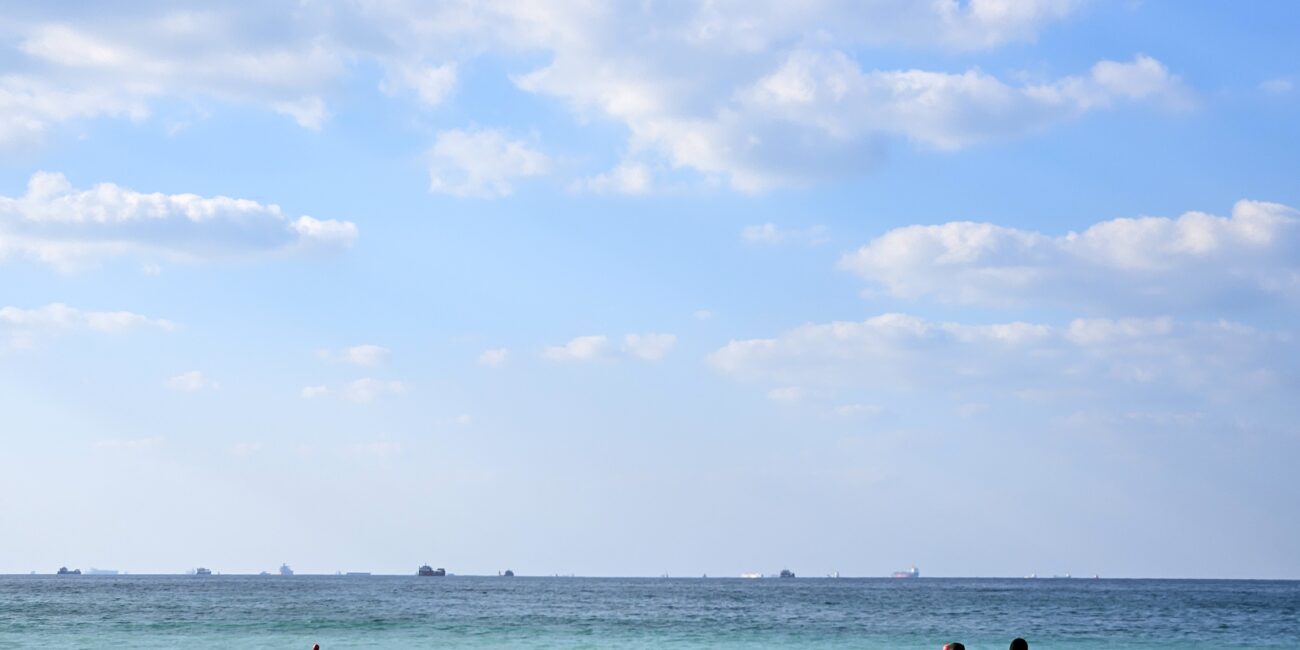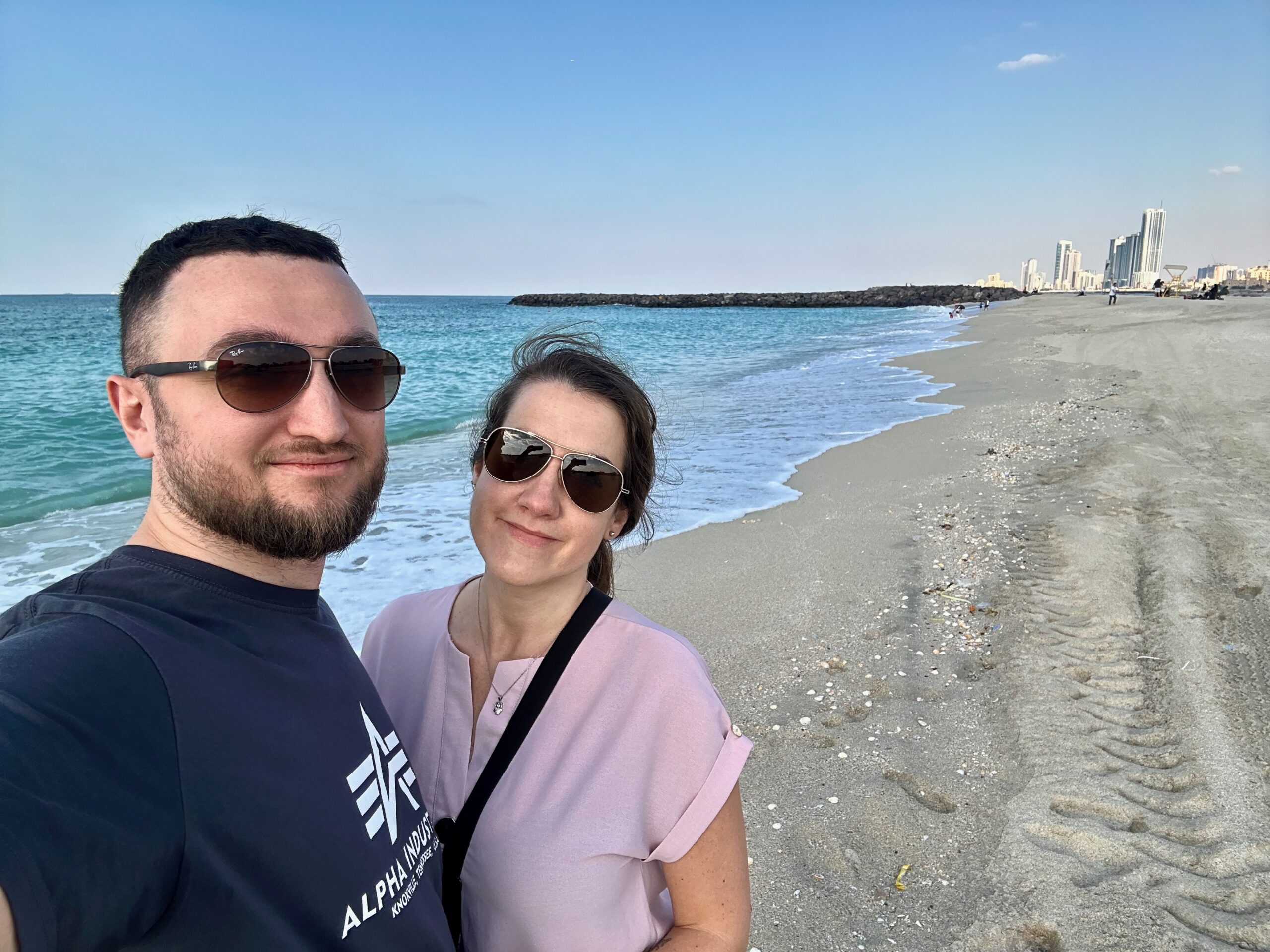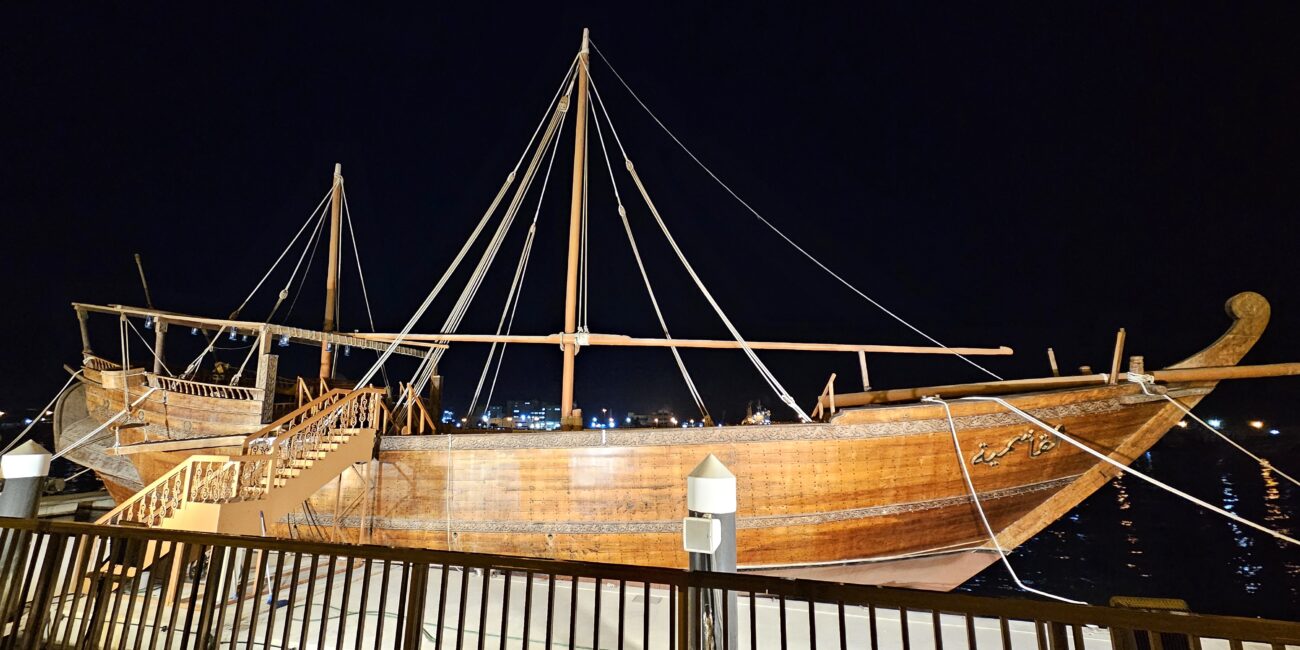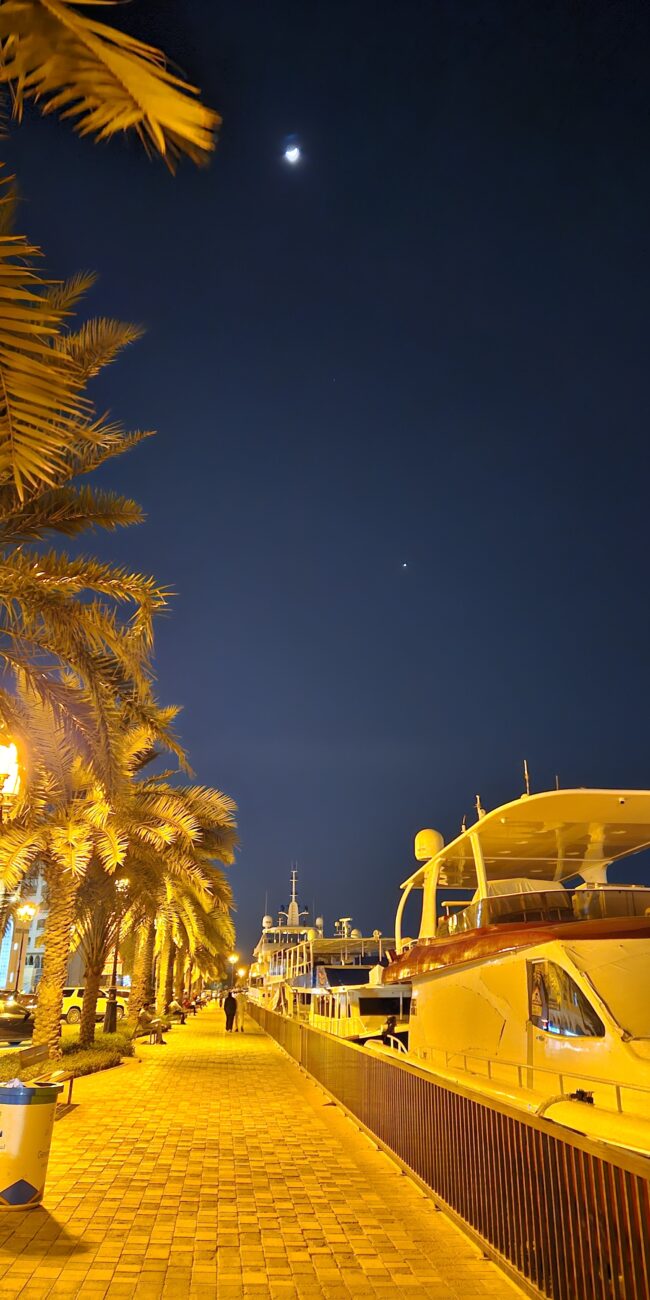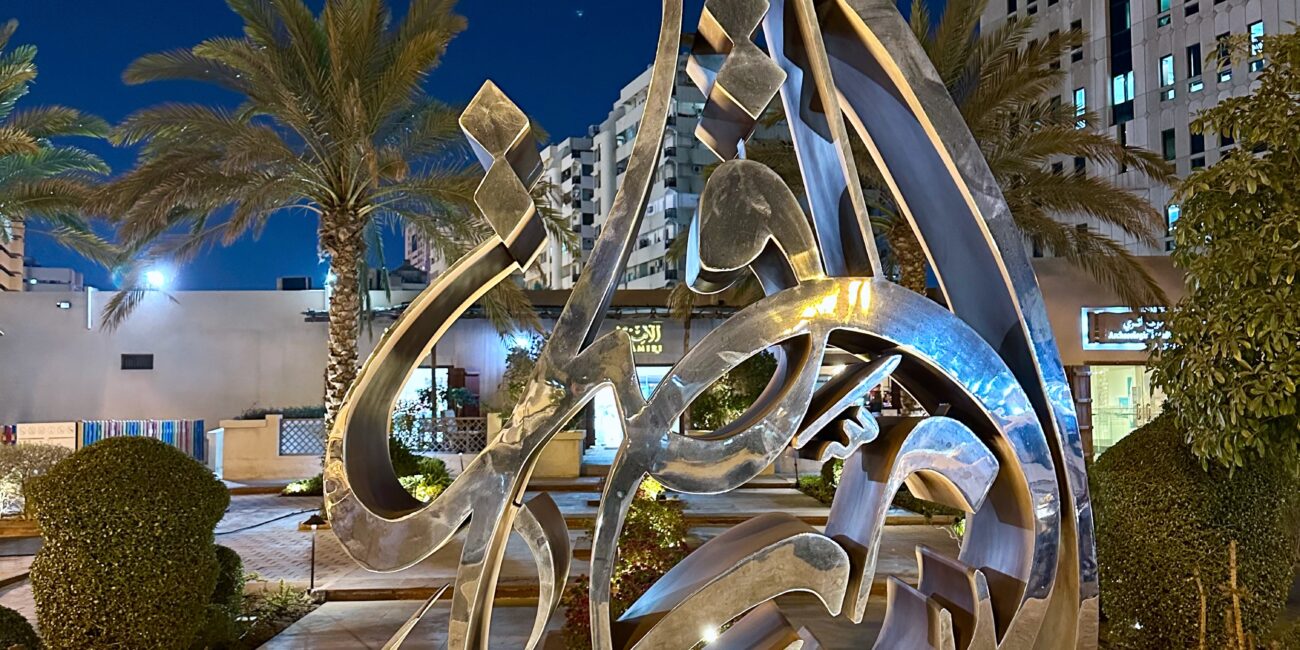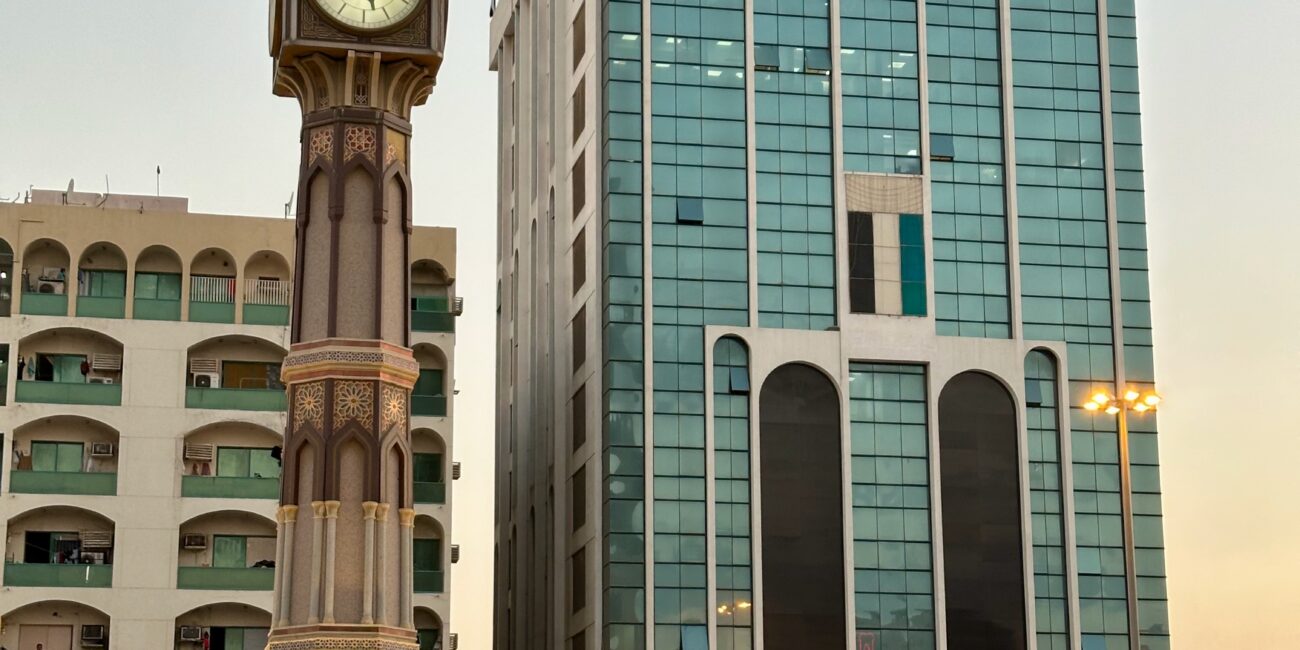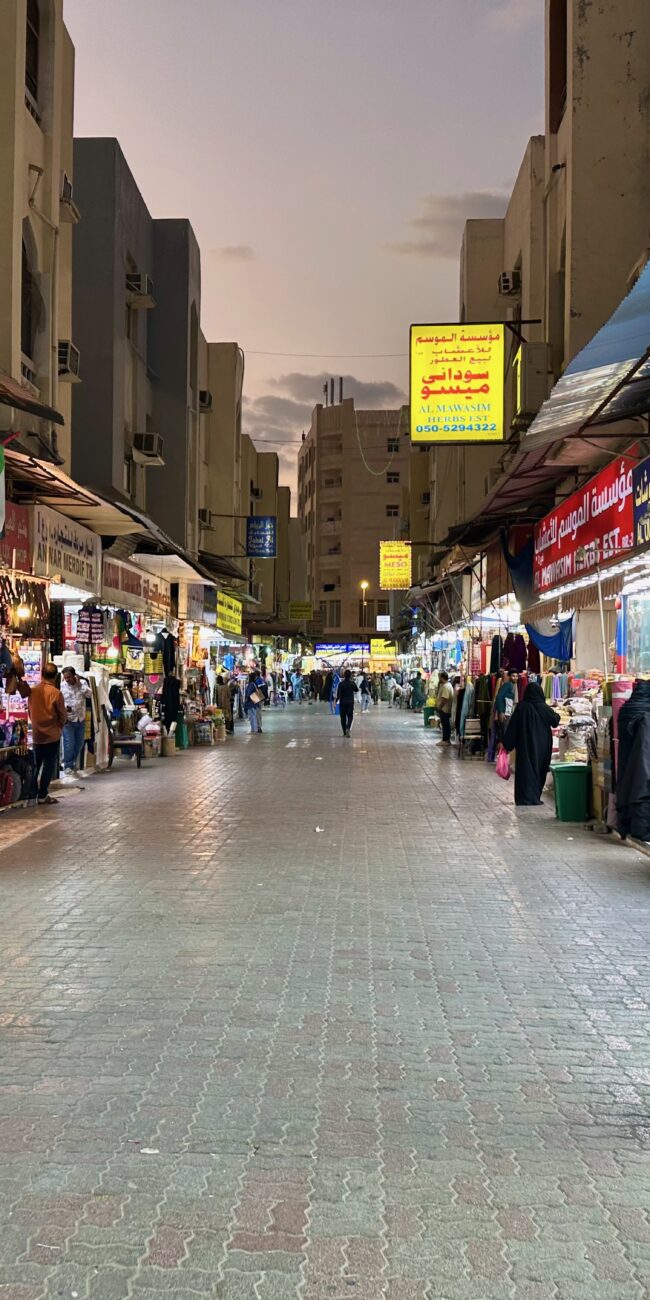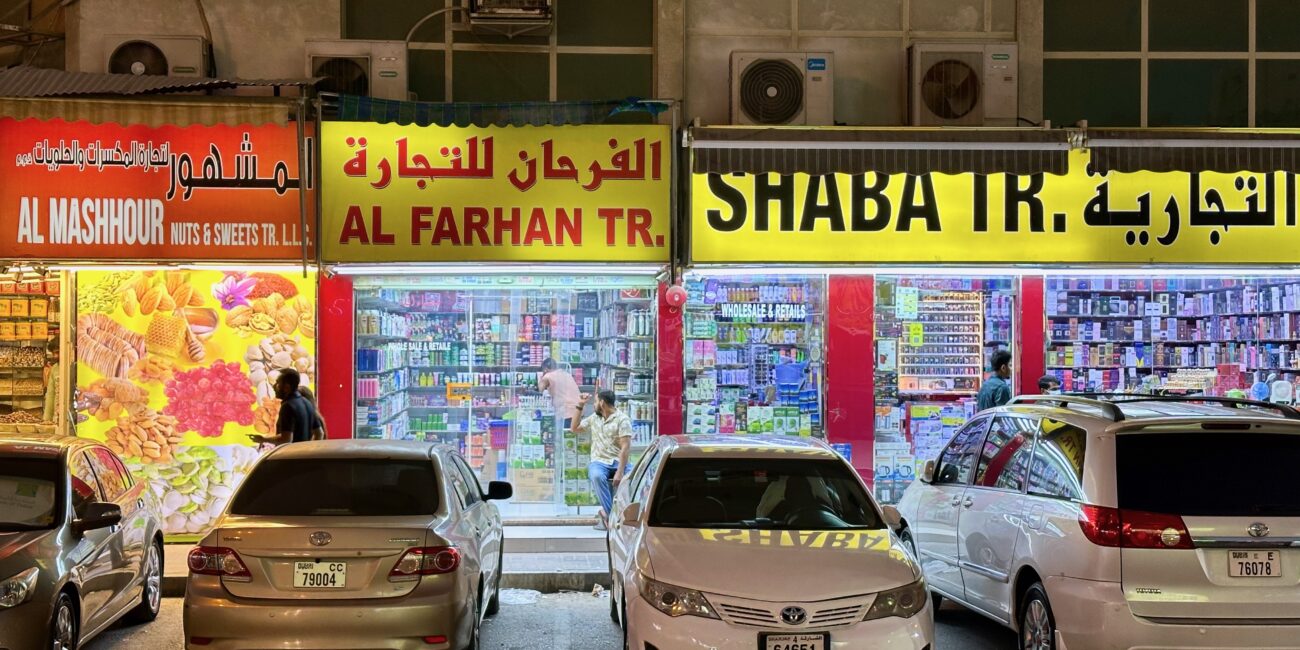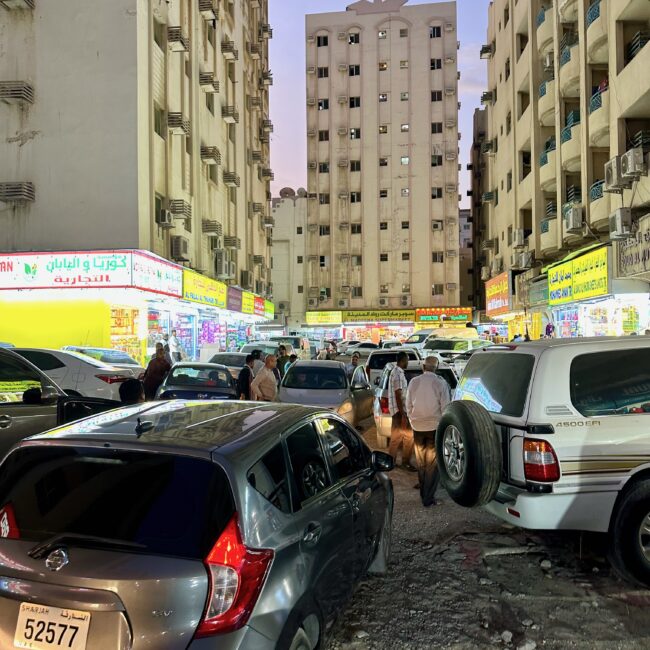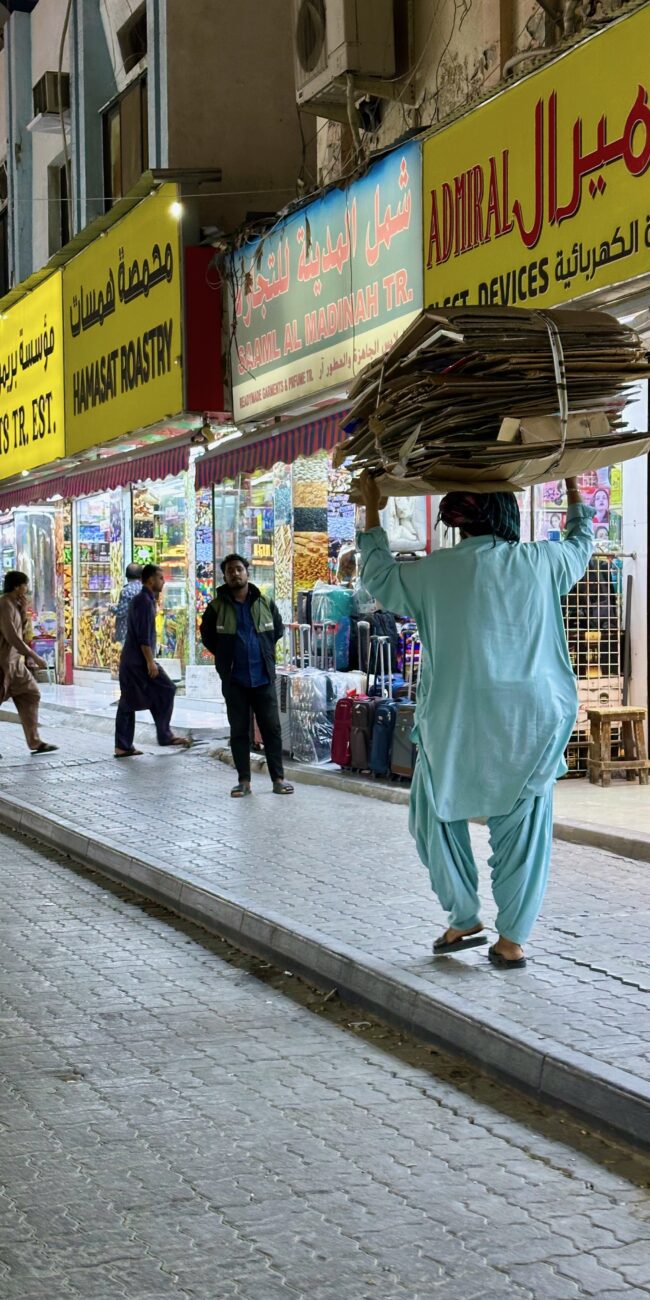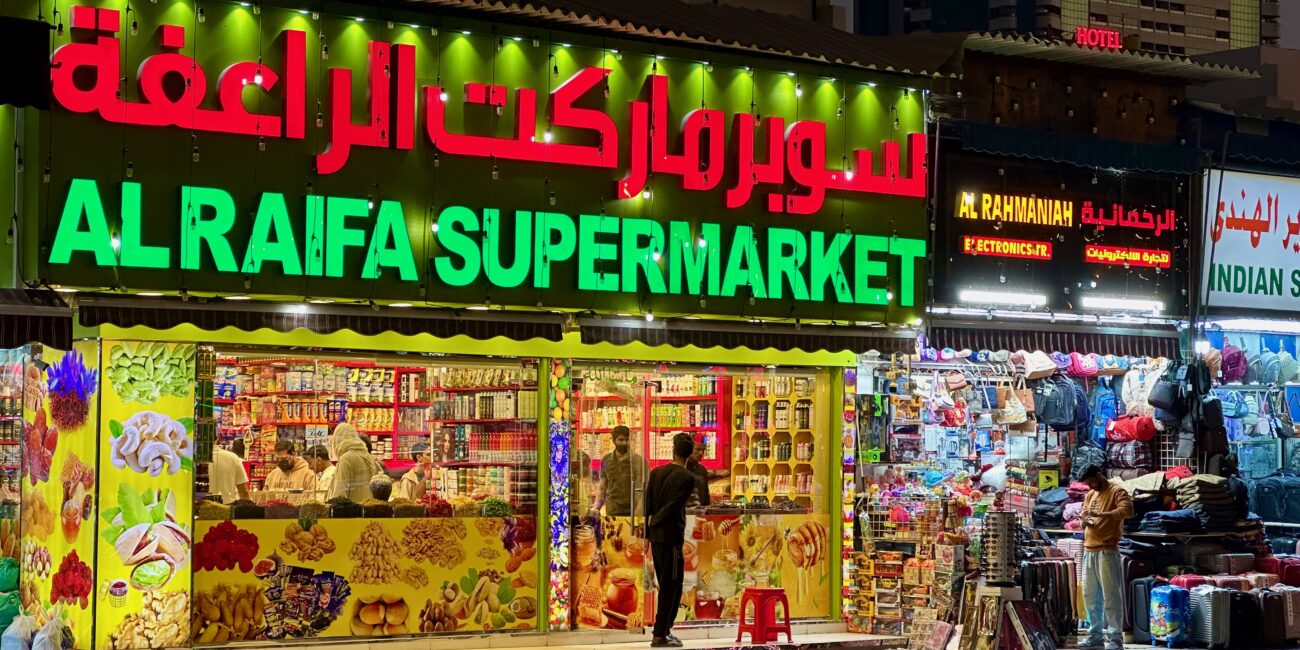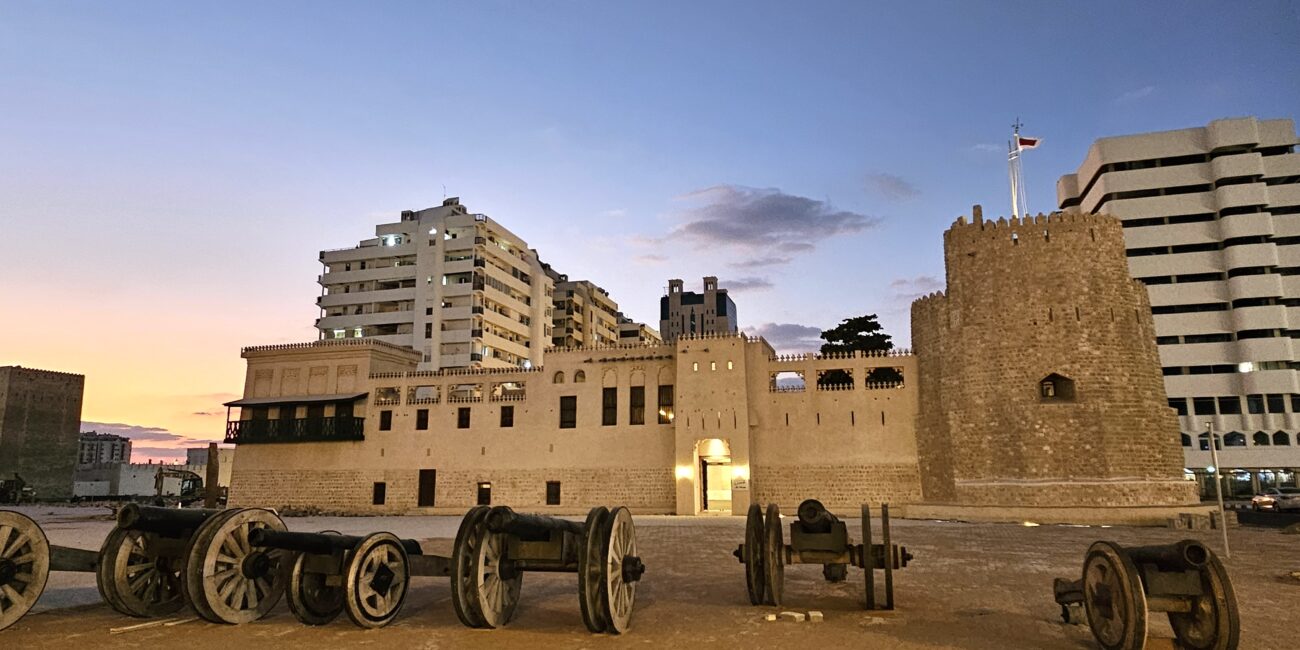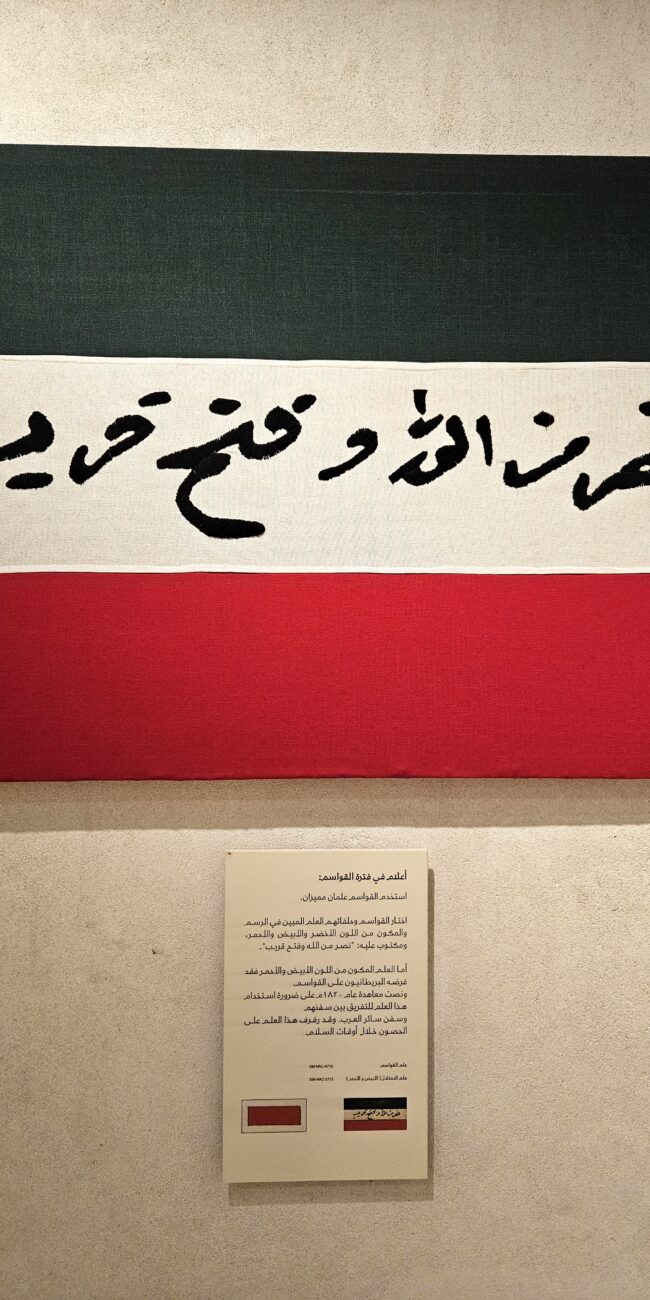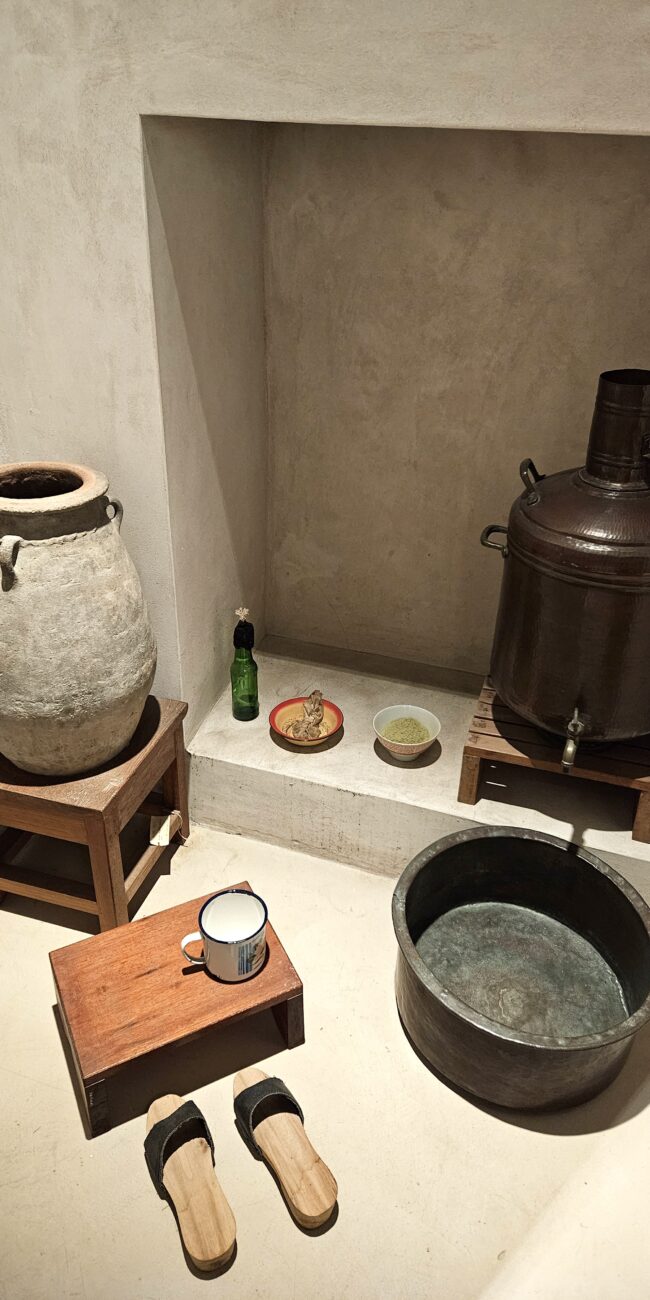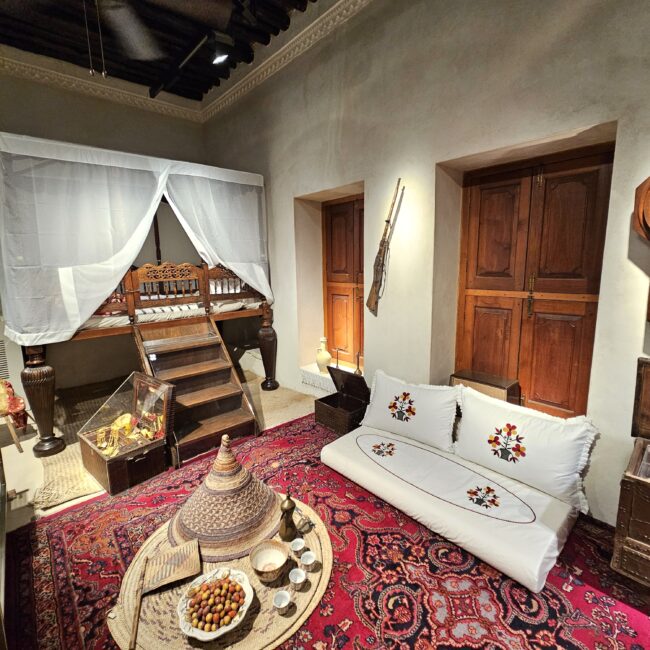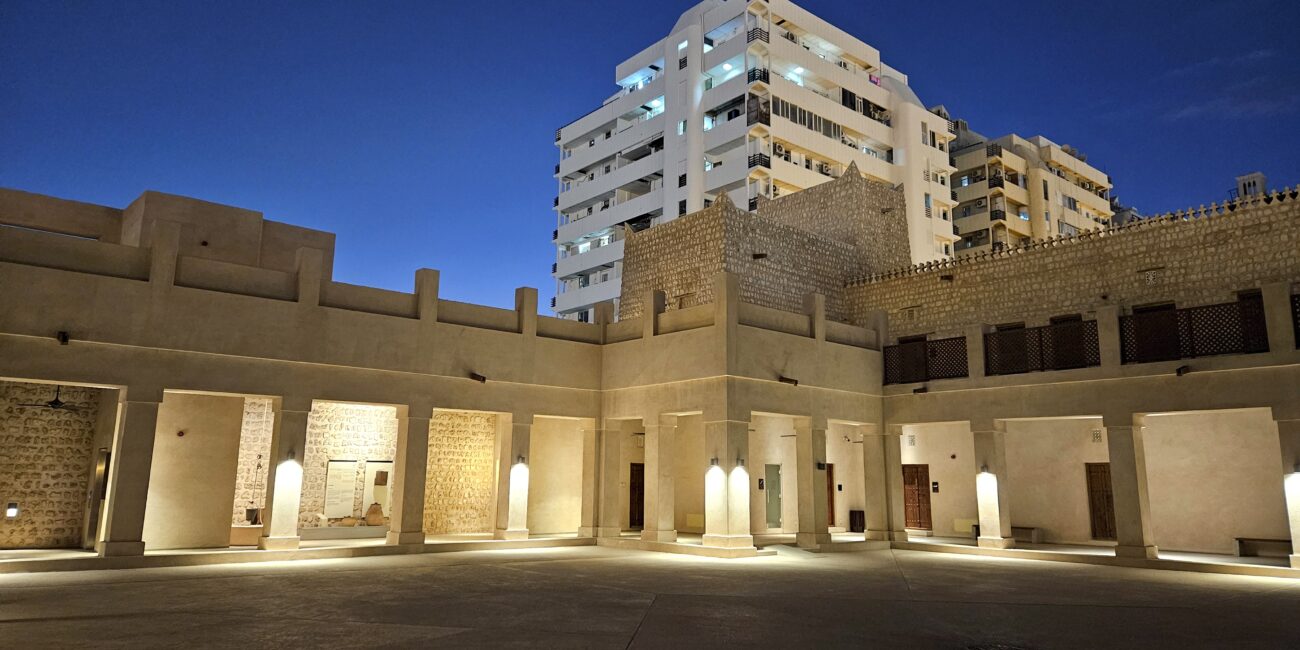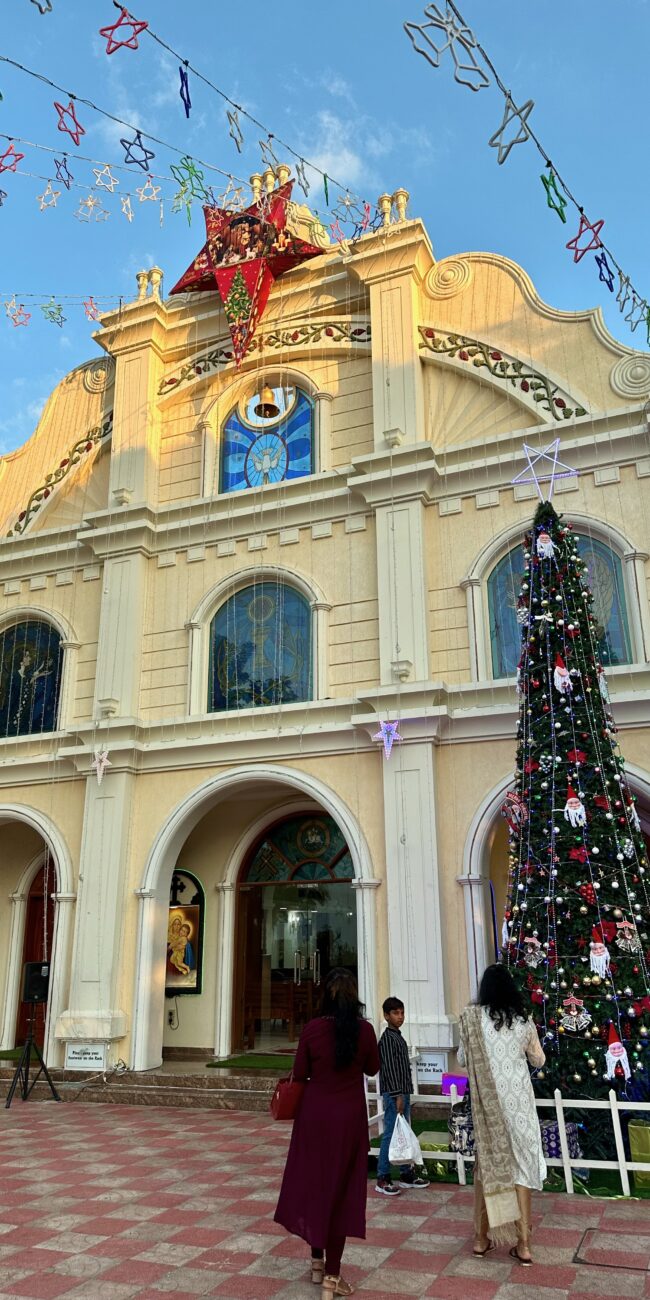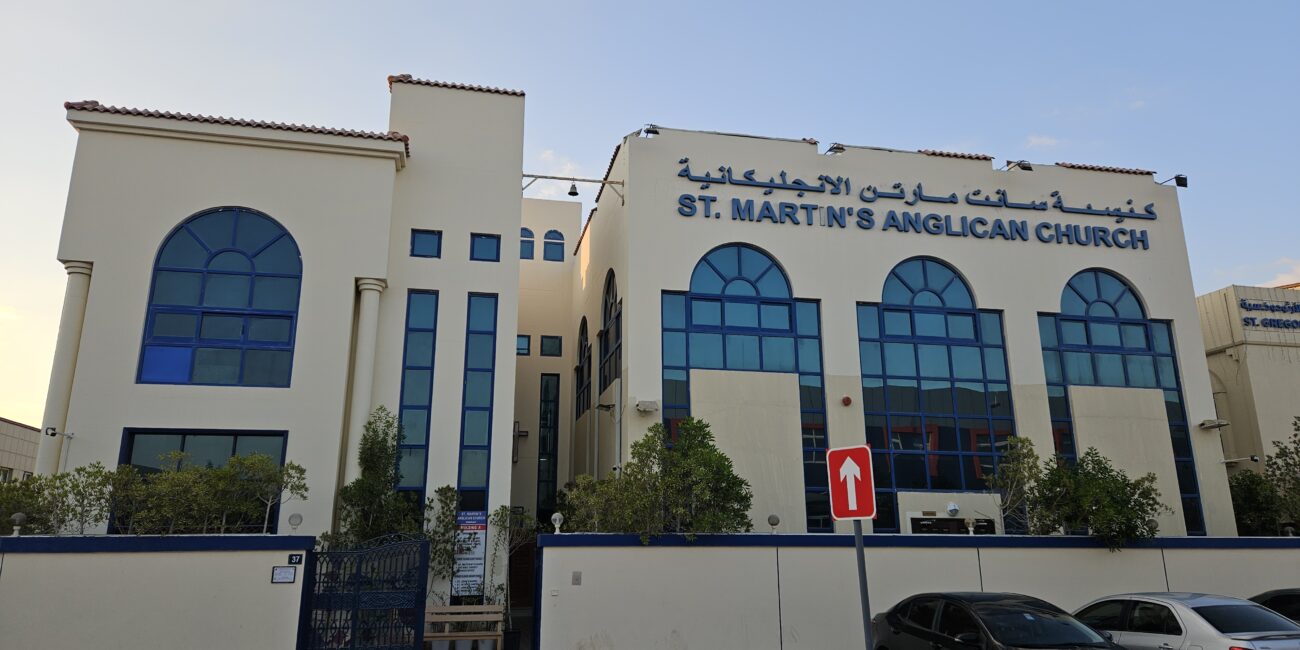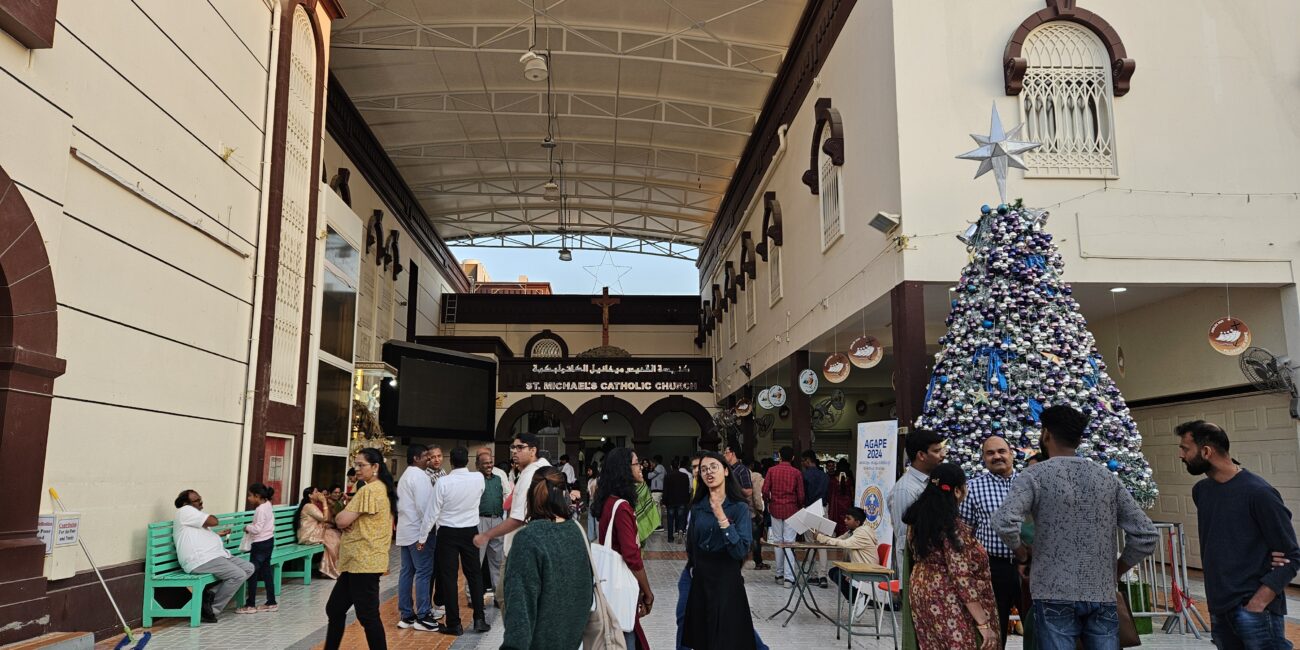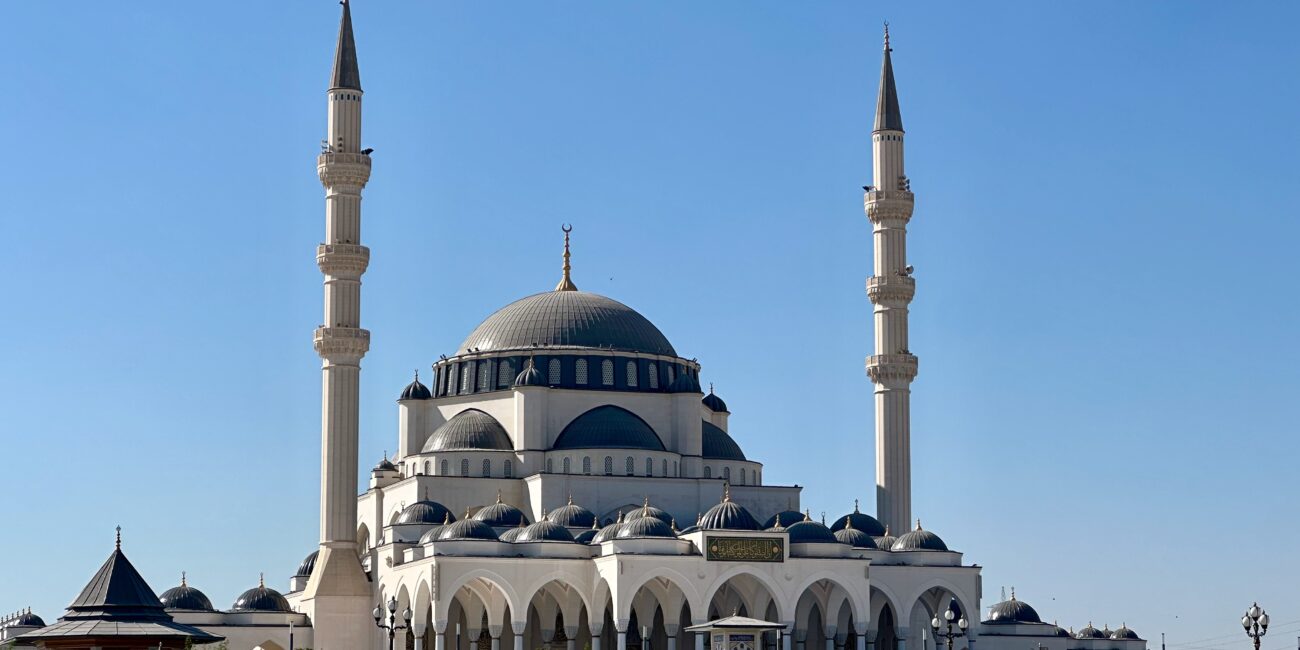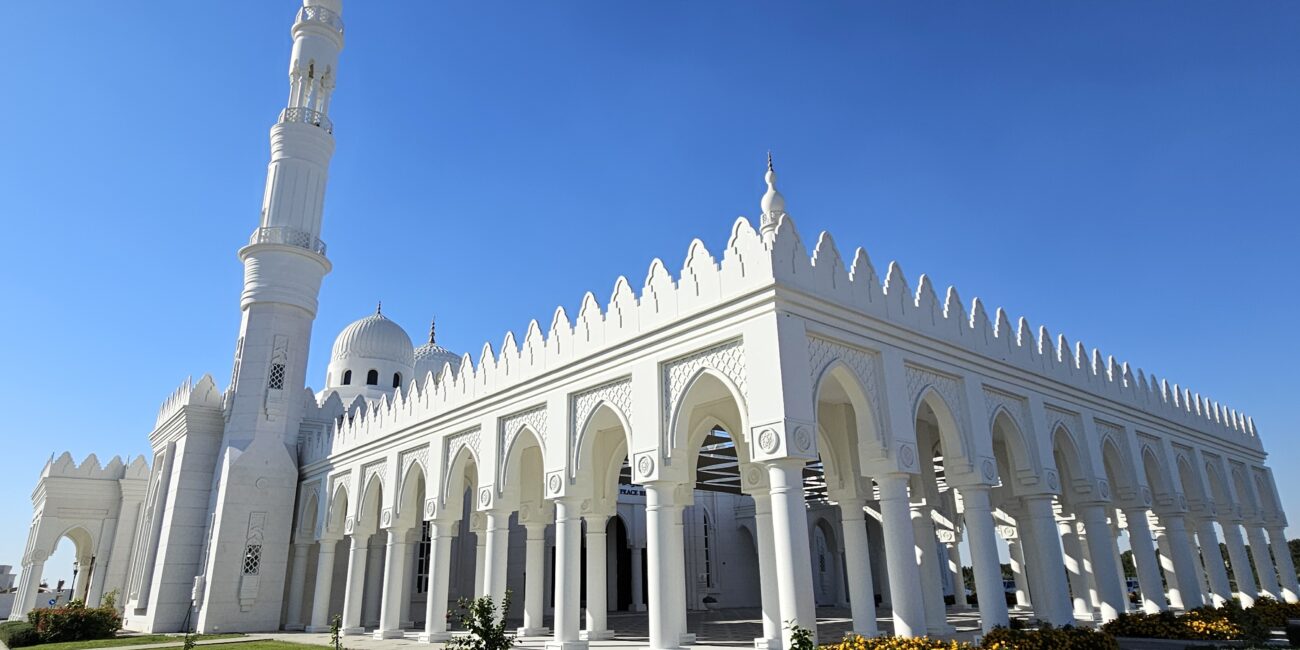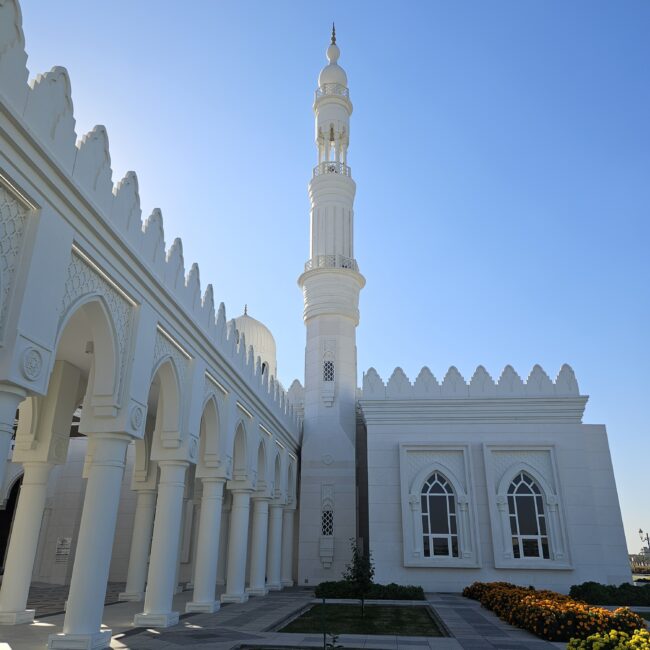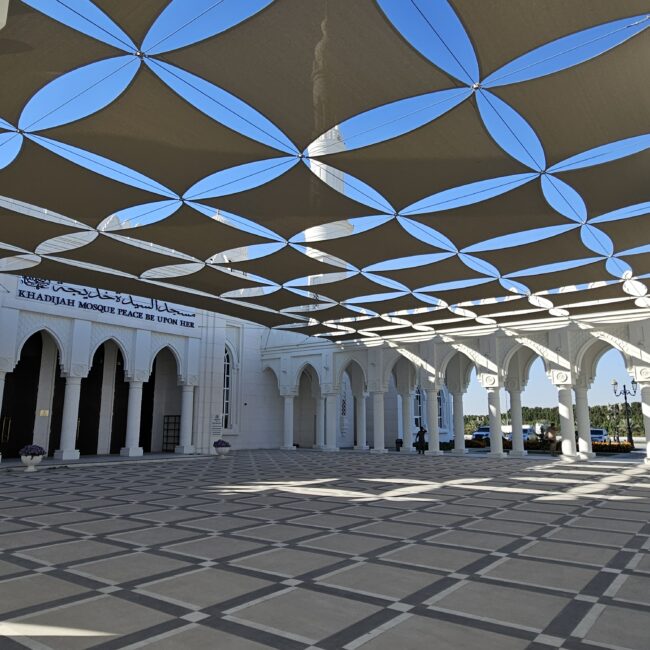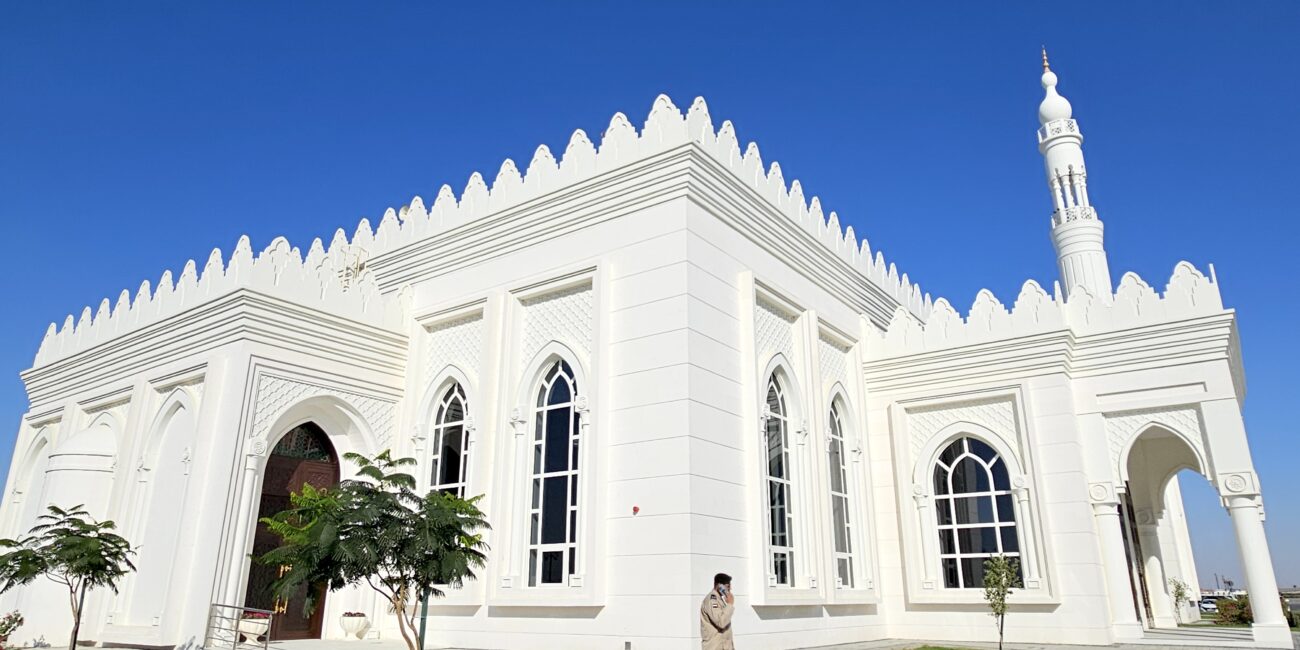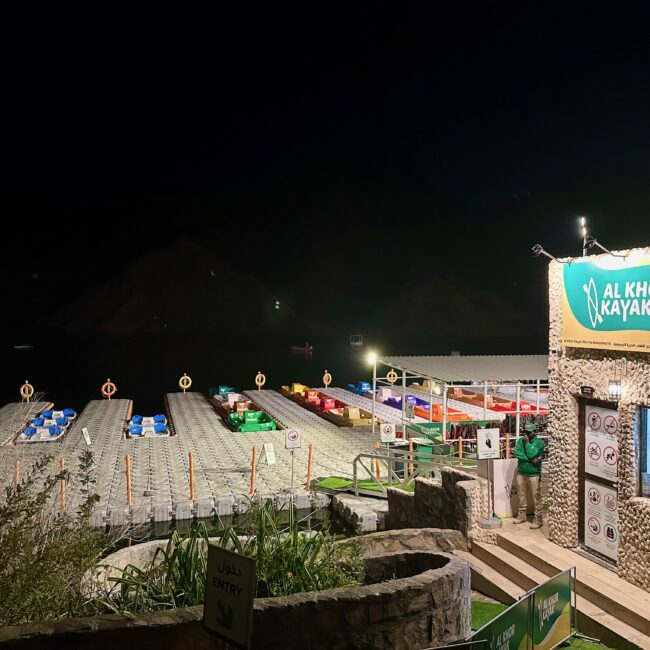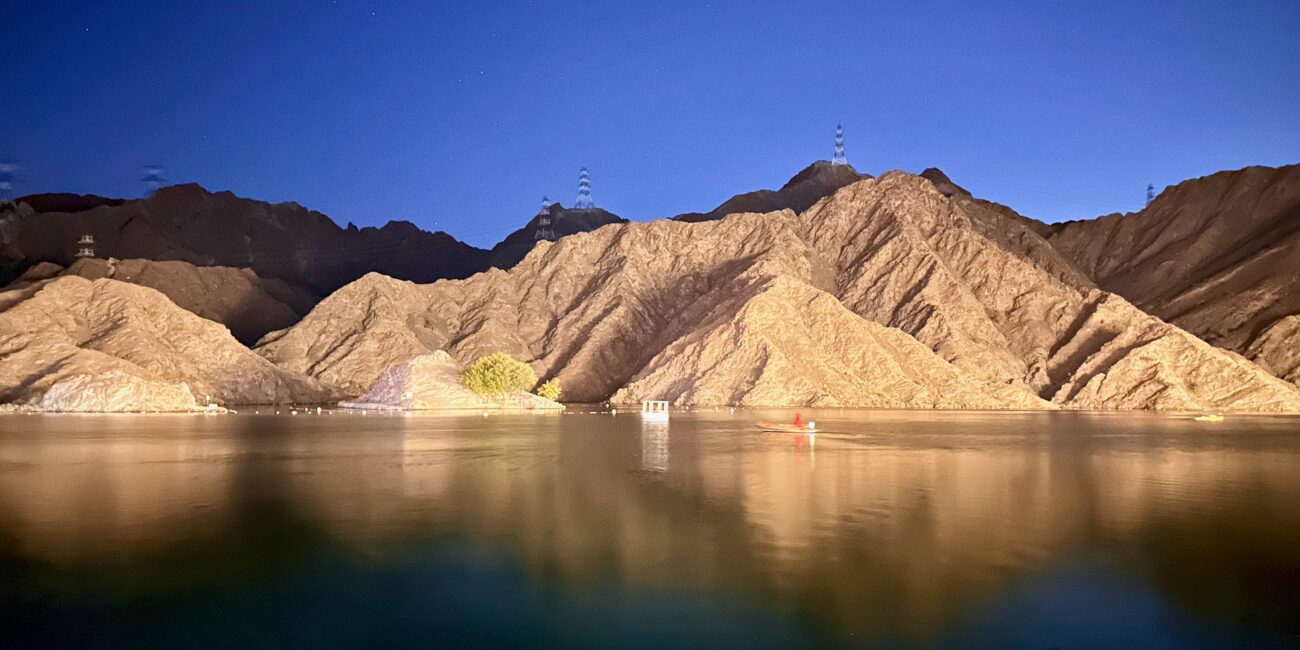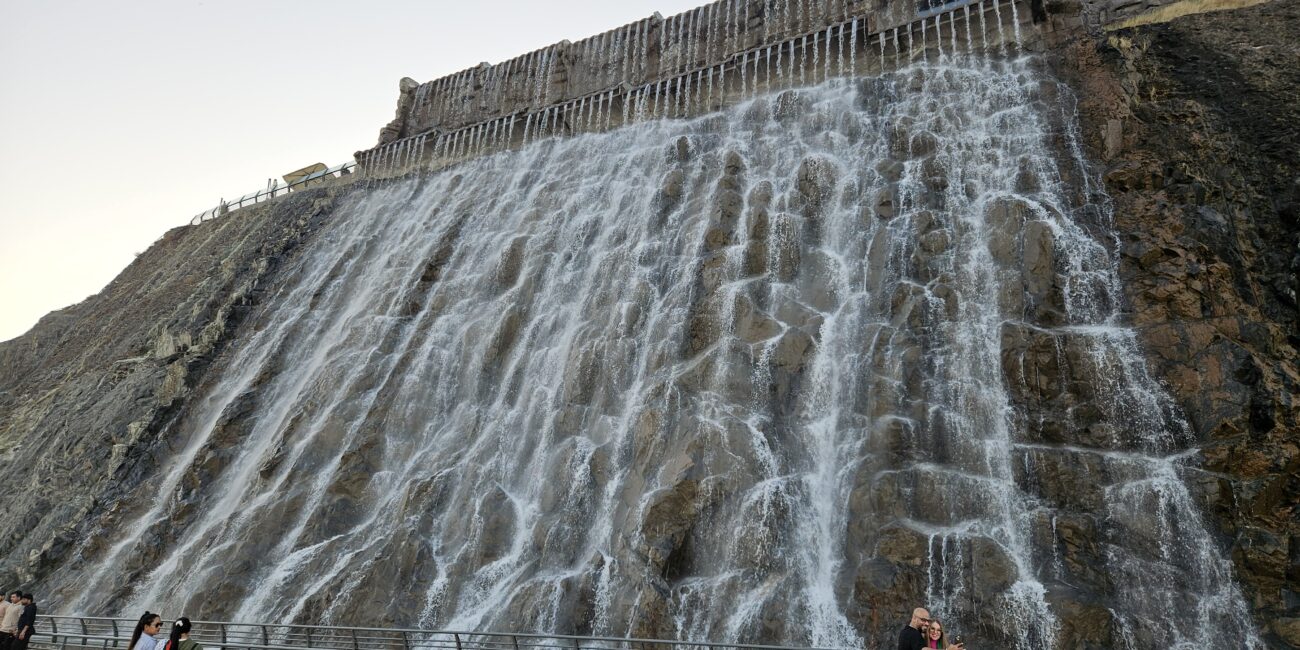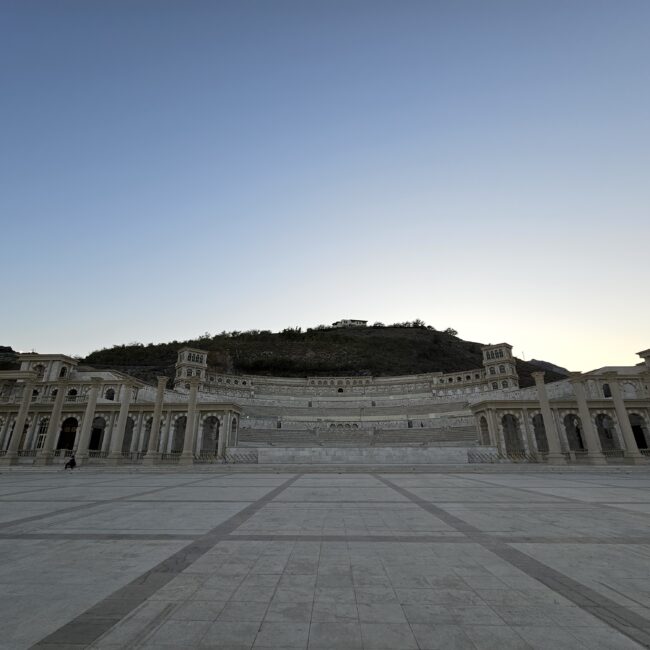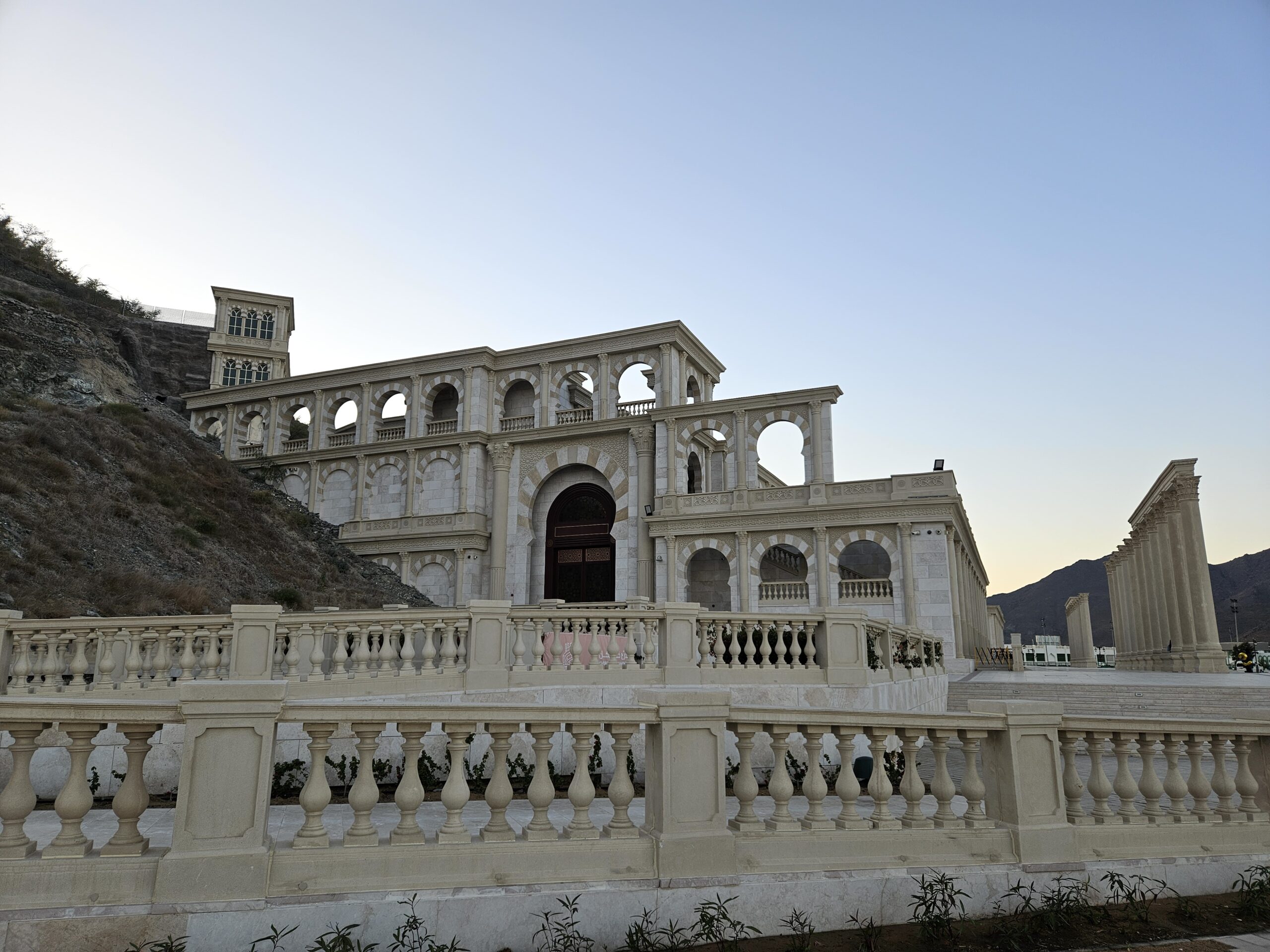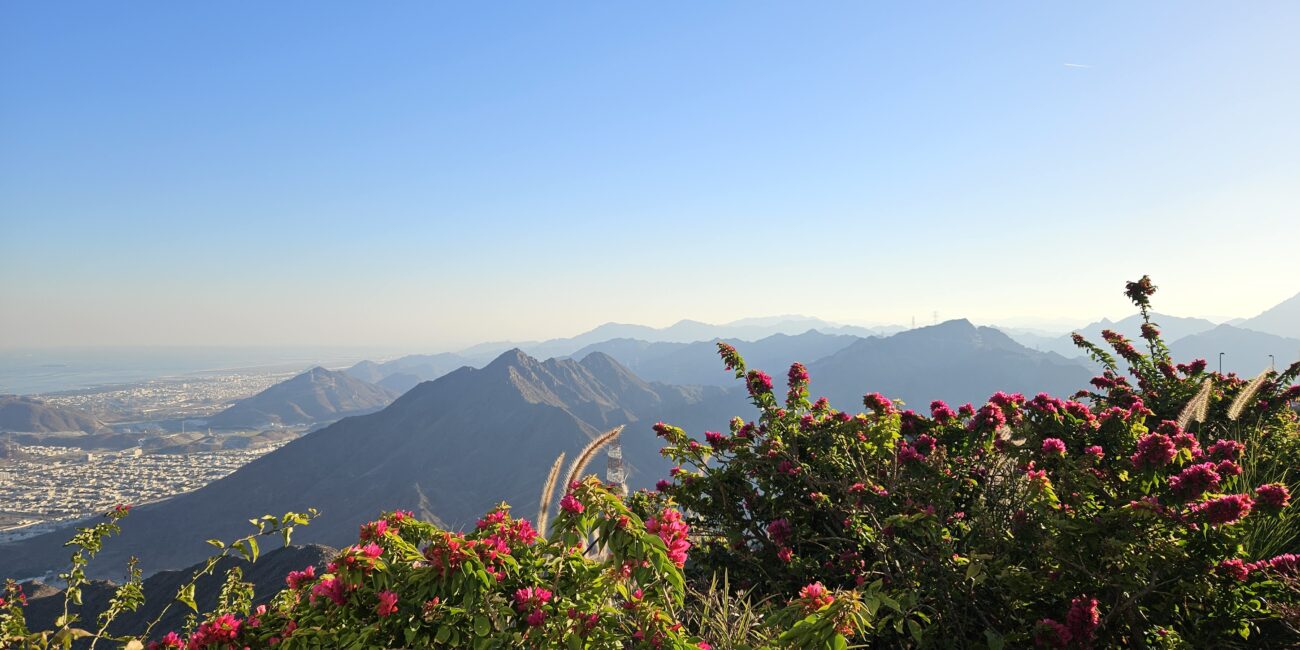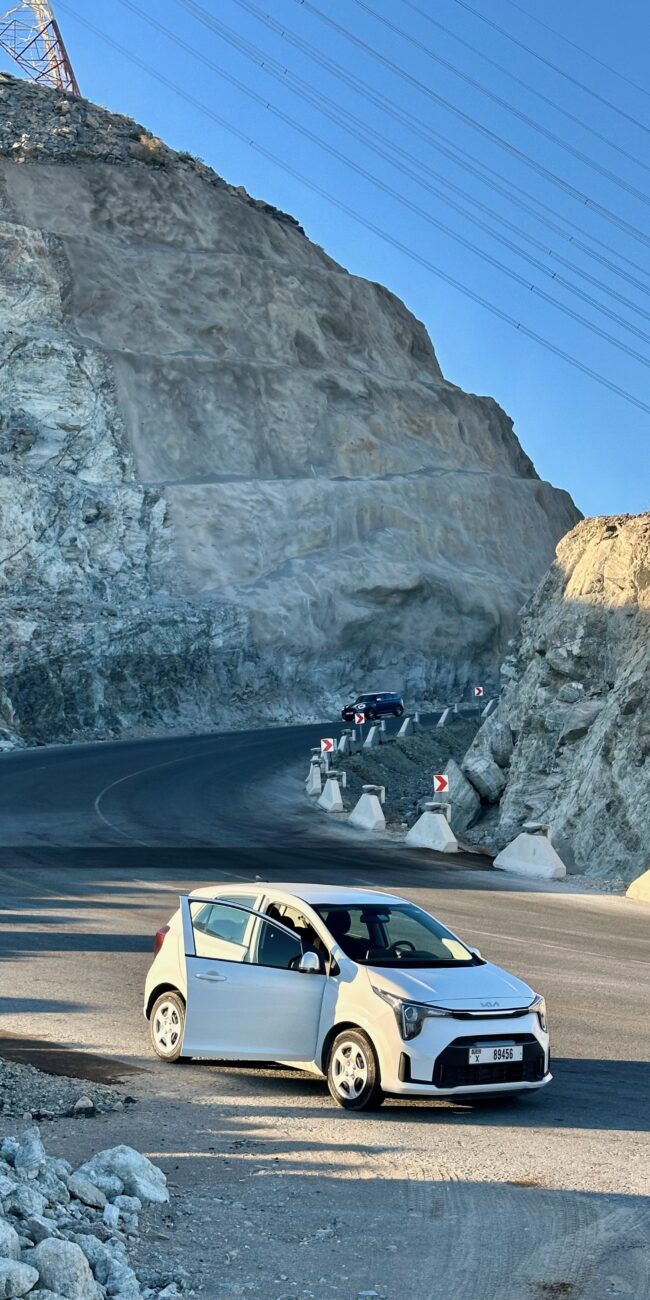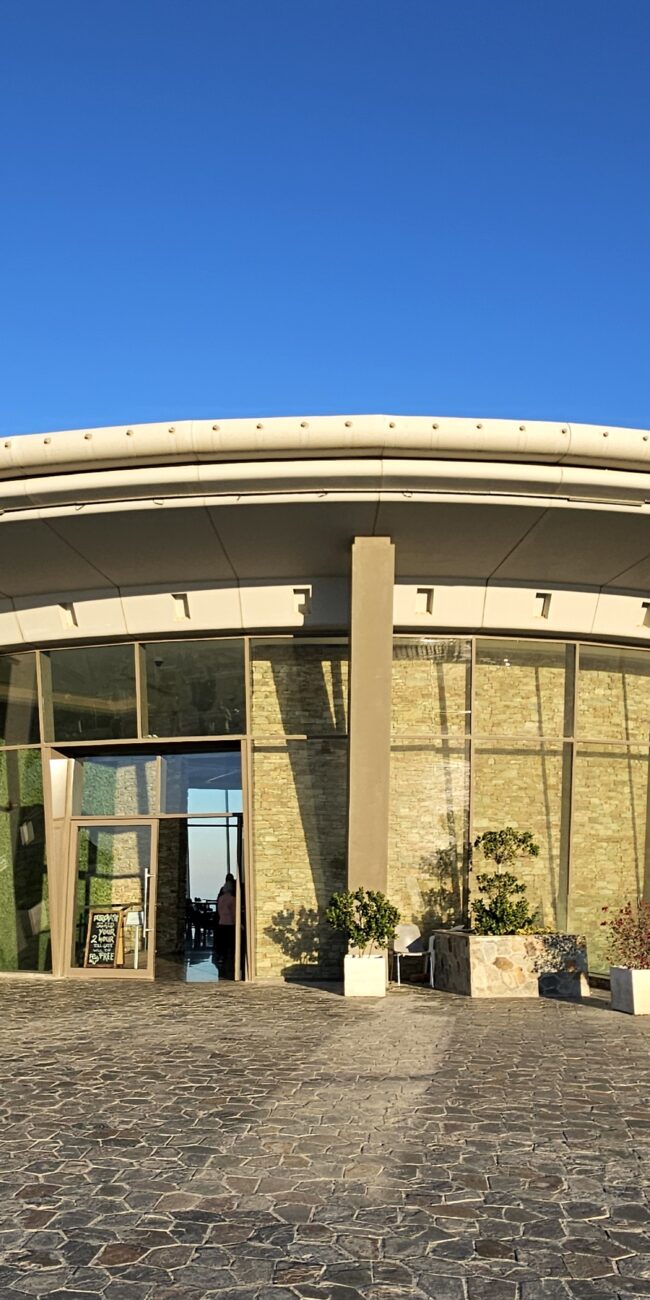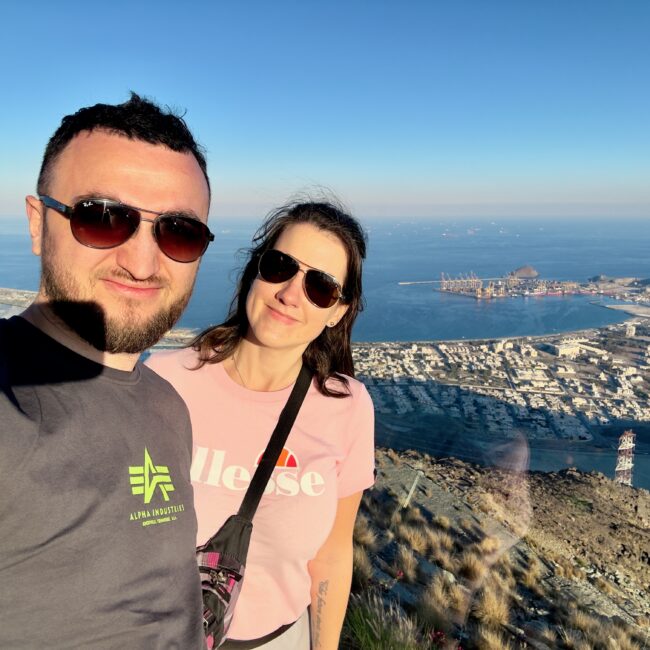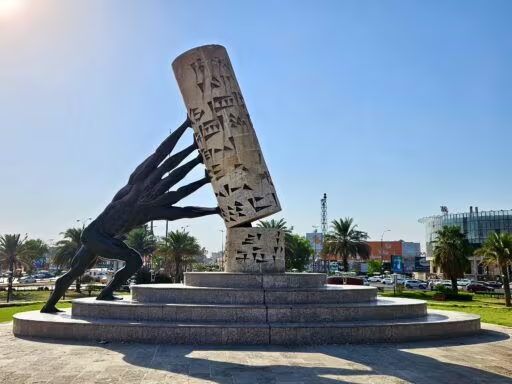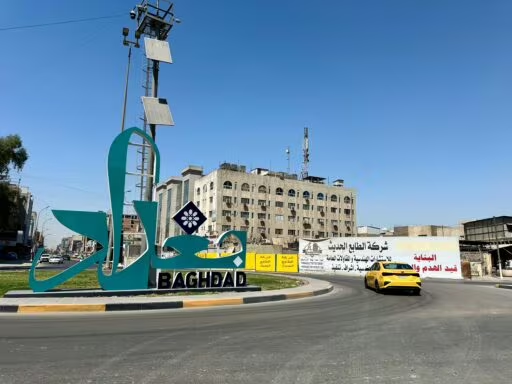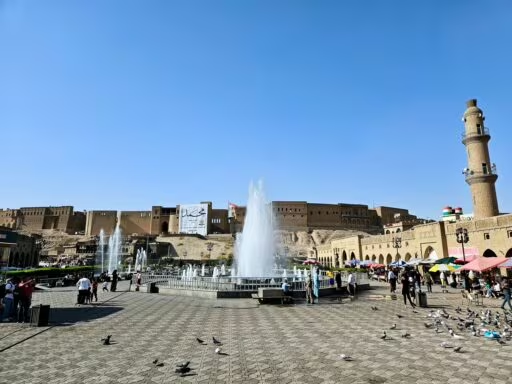This post is also available in:
Polski
Hello 👋
Today, we’re taking you through everything we managed to see during our stay in Sharjah. This city has a lot to offer, but to explore it comfortably, having a car is the best option—public transport here isn’t as developed as in Dubai, so walking around can be quite limiting.
During our trip, we visited several spots that are truly worth seeing, as well as places that prove Sharjah is more than just a lesser-known alternative to Dubai—it’s a city with its own unique character.
If you’re interested in exploring more of the United Arab Emirates, check out our other posts about this fascinating region! 🚗🏜️
Where is Sharjah located?
Sharjah is one of the seven emirates that make up the United Arab Emirates, located on the northeastern coast of the Arabian Peninsula. Interestingly, it is the only emirate with access to both the Persian Gulf in the west and the Gulf of Oman in the east. It shares borders with Dubai and Ajman, as well as two separate areas bordering Oman. The emirate’s capital, also named Sharjah, sits right next to Dubai, making the two cities almost seamlessly connected.
Sharjah Arab Cultural Capital Monument 1998
In 1998, UNESCO recognized Sharjah as the Cultural Capital of the Arab World. To commemorate this achievement, the Sharjah Arab Cultural Capital Monument 1998 was erected near University City. This 32-meter-tall monument, made of high-quality granite, consists of four levels and was designed to showcase Sharjah’s engineering expertise, while reflecting its cultural heritage and modern character. The monument is located next to the Islamic World Garden, overlooking Al Dhaid Road, just east of the Sharjah Islamic Culture Capital Monument (2014). This symbolic structure represents the emirate’s dedication to preserving and promoting Arab culture and heritage.
Cultural Square
Cultural Square, also known as The Square of Culture, is a central landmark in Sharjah, reflecting the city’s spiritual and cultural heritage. At its heart stands an impressive 14-meter monument depicting an open Quran, symbolizing the importance of religion and knowledge in Arab culture.
The square is surrounded by several significant buildings showcasing traditional Islamic architecture, including the Ruler’s Office, Ahmad Bin Hanbal Mosque, and the Palace of Culture, which hosts concerts and cultural events.
Sharjah Library
During our visit to Sharjah, we stopped by the Public Library, located right next to Cultural Square. From the outside, the building looks impressive—spacious and elegant. However, the interior turned out to be quite ordinary. The book collection seemed standard, and neither the design nor layout stood out in any particular way. If you’re in the area, you can stop by and see it for yourself, but it’s not a must-visit spot on the city’s map.
👉 For more information, visit the official website.
Heera Beach
Al Heera Beach is a great spot to relax in Sharjah. Stretching for several kilometers along the Arabian Gulf, it offers plenty of space to unwind, take a walk, or simply enjoy the view of the water. Along the promenade, you’ll find restaurants and cafés, so there’s no need to bring your own snacks—there’s always something to eat and drink nearby.
If you’re arriving by car, it’s best not to park directly by the beach, as the fees are quite high—around 10 AED per hour. A better option is to leave your car on the other side of the street, where you can find free parking spots on the sand between the buildings. Just make sure you’re not parked in a restricted area to avoid getting a fine.
The beach offers plenty of additional attractions, including jogging and cycling paths, playgrounds for kids, and even a skatepark for those who enjoy extreme sports. On weekends, it gets quite crowded, so if you’re looking for a quieter spot and a comfortable place to relax, it’s best to arrive a bit earlier.
Sharjah Corniche
Sharjah Corniche, or more precisely Buhaira Corniche, is a long promenade running along Khalid Lagoon. It’s a great spot for a relaxing walk or simply sitting on a bench and enjoying the view of the water. The path stretches for several kilometers, making it ideal for jogging or cycling as well.
Along the way, there are plenty of restaurants—from fast food spots to places serving Arabic and Asian cuisine, so finding something to eat won’t be a problem. It’s worth stopping by Al Majaz Waterfront, where fountain shows take place in the evening. Nearby, you can also visit Al Noor Island, a great spot for those who enjoy greenery and a more peaceful atmosphere.
It’s best to visit in the late afternoon or evening, as it can get really hot during the day. After sunset, the area comes to life, with city lights reflecting on the water, creating a pleasant atmosphere. This is more of a relaxed spot to unwind rather than a major sightseeing destination, but if you’re looking to escape the hustle of Dubai, it’s quieter here with fewer tourists.
Clock Tower Sharjah
Sharjah is home to several distinctive clock towers, which serve as landmarks and add character to the city’s landscape. One of them is the clock tower in Al Zahra district, located on a roundabout. Its architecture makes it a noticeable feature and a popular meeting point. Another example is the clock tower in University City of Sharjah, which blends seamlessly with the academic surroundings and symbolizes the importance of time in education.
Al Ghuwair Market
Al Ghuwair Market in Sharjah is a local marketplace where you can find almost everything—from clothing and fabrics to electronics and affordable accessories. The place has its own charm, but don’t expect fancy boutiques—it’s more of a densely packed bazaar with a bit of organized chaos. Bargain hunters can find cheap deals, but be prepared for crowds and a somewhat cluttered layout.
If you’re planning to visit, it’s best not to drive. Parking is a major hassle, and even if you manage to find a spot, getting out can be a nightmare—especially during peak hours. A smarter option is to park farther away and walk. It’ll save you a lot of time and frustration.
Sharjah Fort
Sharjah Fort, also known as Al Hisn, is a modest yet historically significant fortress in the heart of Sharjah. Built in 1823, it served for years as the residence of the emirate’s rulers and an administrative center. Today, it functions as a museum, offering insight into the city’s history and showcasing what life in Sharjah was like before the oil boom.
The building itself is not very large—it features a courtyard, several floors, and watchtowers. Inside, you’ll find exhibits on the old governance system, weaponry, and daily life in Sharjah. The use of coral stone and gypsum in construction gives it an authentic, traditional feel.
It’s not a place that will leave you in awe, but if you’re interested in the region’s history, it’s worth a visit. Exploring the fort doesn’t take much time, and since it’s well-restored and located in the city center, it’s easy to combine with other attractions nearby.
If you’re only visiting Sharjah Fort, you can pay for the ticket by card. But if you want a combo ticket for three museums, you’ll need to pay in cash. Makes no sense, but that’s how it works.
👉 For more information, visit the official website.
St. Michael’s Catholic Church
If you think the United Arab Emirates is all about mosques, a visit to Al Yarmook in Sharjah will quickly change that perception. This district is home to numerous churches of different denominations, standing side by side. It’s a clear sign that, despite its conservative reputation, Sharjah embraces multiculturalism.
One of the most famous churches in the area is St. Michael’s Catholic Church , which attracts worshippers not only from Sharjah, but also from nearby emirates. A few streets away is St. Martin’s Anglican Church , and nearby also St. Mary’s Jacobite Syrian Soonoro Patriarchal Cathedral , serving the Syrian community. These are not isolated cases—the entire area is filled with places of worship from various faiths, making a walk through this part of the city a unique opportunity to see how different religions coexist in one place.
It’s not a typical tourist attraction, but if you enjoy exploring places that reveal the true character of a city, it’s worth a visit.
Sharjah Mosque
Sharjah Mosque is the largest mosque in the emirate, and there’s no denying—it’s massive! Its grand domes, slender minarets, and intricate Ottoman-inspired decorations are visible from afar. This relatively new landmark, inaugurated in 2019, can accommodate up to 25,000 worshippers.
Unfortunately, when we arrived, it was closed, so we could only admire it from the outside. Even so, it’s impressive—spacious courtyards, massive arches, and intricate details make it look like something straight out of Turkey. It’s worth visiting, even if you can’t go inside, just to see the scale and grandeur of mosque architecture in Sharjah. They certainly know how to build big!
Al Sayedah Khadeeja Mosque
Sayyida Khadija Mosque is a newly opened, impressive mosque in Sharjah, located in the Al Waha area along Al Dhaid Road. From the outside, it stands out with its pristine white facade and modern architecture, making it a striking landmark in the area. While it may look contemporary, its design is inspired by the Fatimid Caliphate’s architectural style, blending tradition with modernity.
The mosque was designed to accommodate a large number of worshippers—the main prayer hall can hold 1,400 men, the outer portico has space for 1,325 people, and a dedicated gallery for women can host 140 worshippers. The entire complex spans 49,383 square meters, making it one of the significant religious sites in the area.
Al Rafisah Dam
Al Rafisah Dam is one of those places that feels like it was designed for relaxation. Located near Khorfakkan and surrounded by the Hajar Mountains, it offers stunning views. The calm waters and well-maintained facilities make it a great spot whether you’re looking for peace and quiet or want to stay active.
There’s a promenade for walking, a playground for kids, and a few food stalls where you can grab a bite. The main attraction, however, is the boat rentals—you can rent a kayak or a pedal boat and explore the lake from the water.
The access road to the dam is well-organized, but keep in mind that weekends can get busy. It’s a popular spot for family picnics and a place to simply relax and unwind. If you’re looking for a quieter alternative to the beaches in Khor Fakkan, this is a great place to escape the city’s hustle and enjoy some tranquility.
Khorfakkan Waterfalls
Khorfakkan Waterfalls is a man-made waterfall that looks as if it has always been there—seamlessly integrated into the rocky hillside near the Khor Fakkan Amphitheater. Water cascades from a height of 45 meters, creating a pretty impressive sight. Despite being artificial, the surrounding landscape makes it feel surprisingly natural.
The waterfall is located right in the city center, making it easy to find. However, if you’re driving, keep in mind that parking meters are in place. And yes, we recommend actually paying for parking—we were “lucky” enough to see an inspection team checking tickets shortly after we arrived. Better not risk a fine!
The site is free to visit and open 24/7, so you can stop by anytime. It’s best to combine the visit with a trip to the beach and a walk around the area—the waterfall itself is a quick stop, but together with the amphitheater and the bay view, it creates a nice spot to relax.
Khorfakkan Amphitheatre
Khorfakkan Amphitheatre is a new architectural gem in Khorfakkan, opened in December 2020. Inspired by Roman-style architecture, it seamlessly incorporates Islamic heritage elements, making it a unique cultural landmark in the region.
Located at the foot of Al Sayed Mountain, overlooking Khorfakkan Beach, the amphitheater offers stunning views along with modern facilities. Covering an area of approximately 19,000 square meters, the amphitheater can accommodate over 3,500 spectators. Additionally, its advanced cooling system ensures a comfortable experience, even during the hottest days.
If you’re planning a visit to Khorfakkan, it’s worth checking the amphitheater’s event schedule. The venue hosts a variety of concerts, theater performances, and film screenings, attracting both locals and tourists.
Even if you don’t catch an event, simply walking around the amphitheater and waterfall is an experience in itself, offering great views and a unique atmosphere.
Al Suhub Rest Area
Al Suhub Rest Area is a place where you can literally relax above the clouds. Perched on a hill 600 meters above Khorfakkan, it offers spectacular views of both the city and the bay.
The road up the mountain is winding but well-maintained, making the drive up smooth and easy. The building itself stands out—it looks a bit like a flying saucer, a futuristic structure that contrasts with the rugged mountain landscape. Inside, there’s a café with large windows, allowing you to enjoy a coffee while taking in the views without even stepping outside. If you prefer the open air, there are viewing terraces and walking paths, so it’s worth taking a stroll to admire the panorama from different angles.
It’s also worth noting that it can be windy and cooler at this altitude compared to the city below, so bringing a light jacket or long sleeves is a good idea.
Summary
Overall, we feel like we haven’t seen everything yet—Sharjah has a lot to offer, and with more time, we would probably discover even more interesting places. But as we know, the UAE is more than just Dubai or Abu Dhabi, and time isn’t unlimited. That said, we’re happy with what we managed to explore and enjoyed our time here.
The atmosphere in Sharjah is completely different from the more well-known emirates—calmer, less focused on luxury, and more centered on history and tradition. Instead of glass skyscrapers, you’ll find older architecture, museums, beaches, and places that reflect everyday local life rather than just tourist glamour.
Is it worth visiting? If you’re looking for a different side of the UAE than Dubai, then absolutely. Not everything here is jaw-dropping, but that’s exactly the charm of Sharjah—it’s authentic, unhurried, and unique in its own way. If we find ourselves in the area again, we’ll definitely explore more, because there’s still plenty left to discover.

